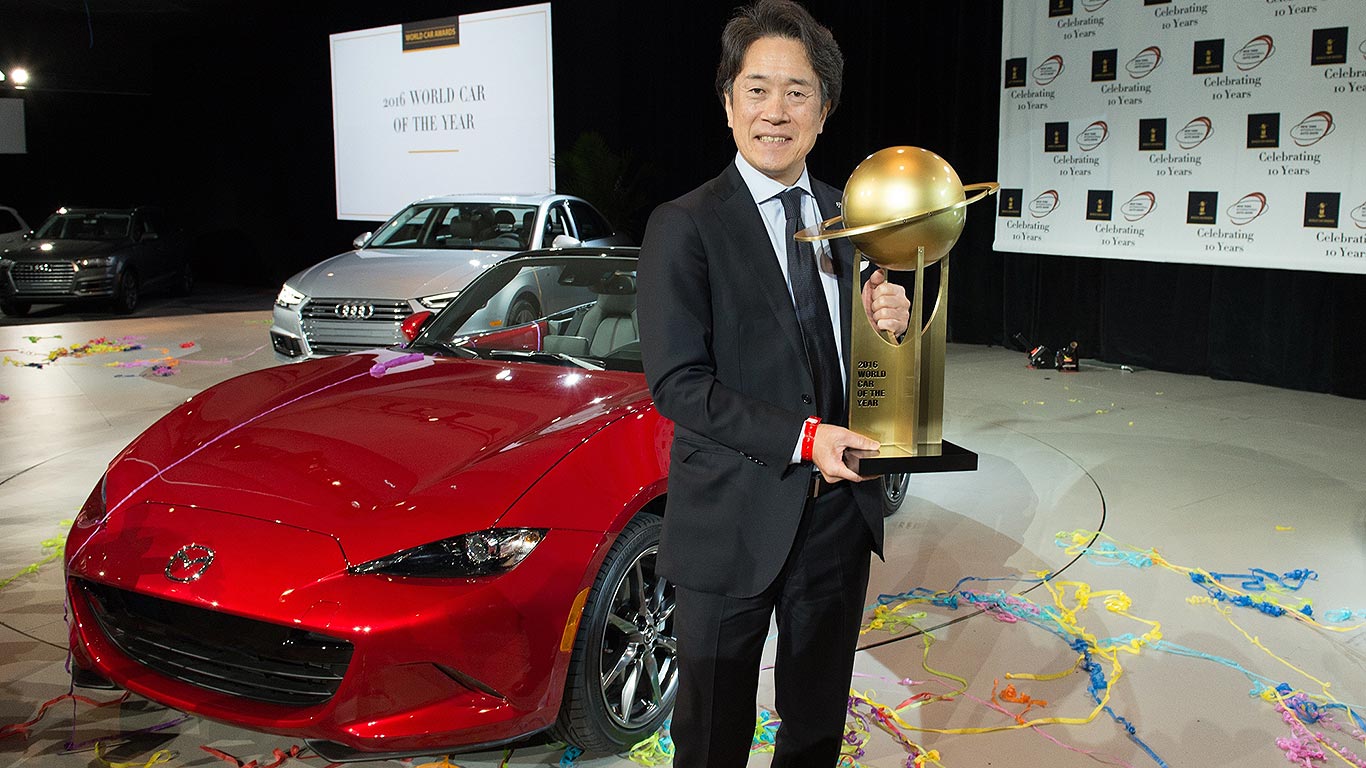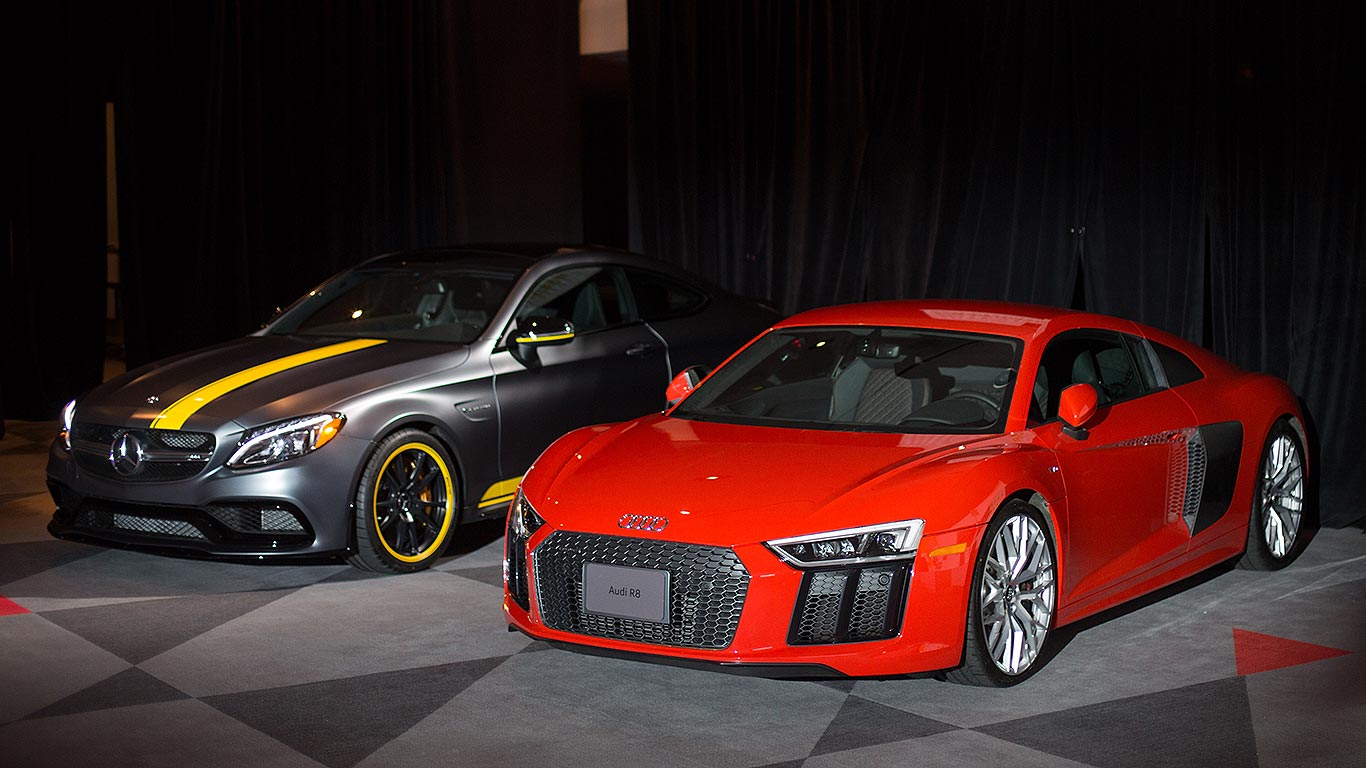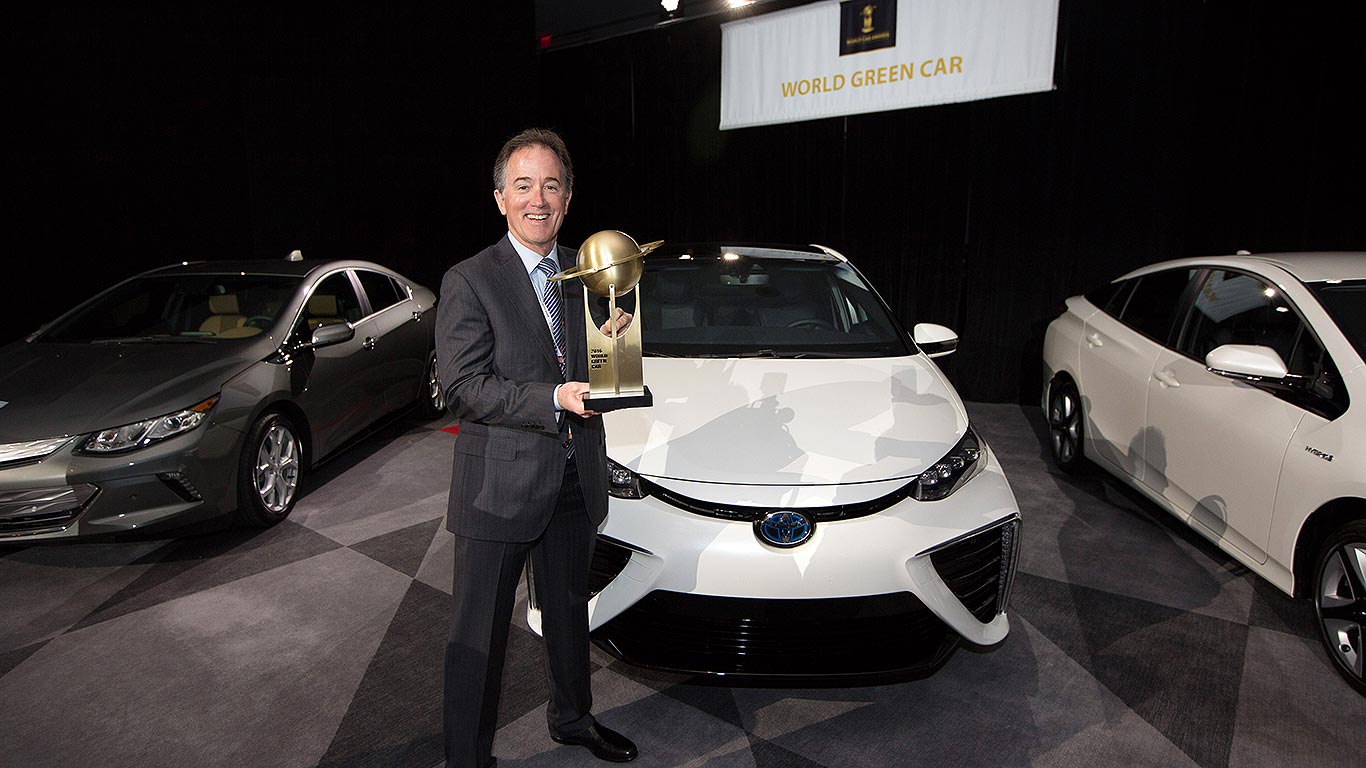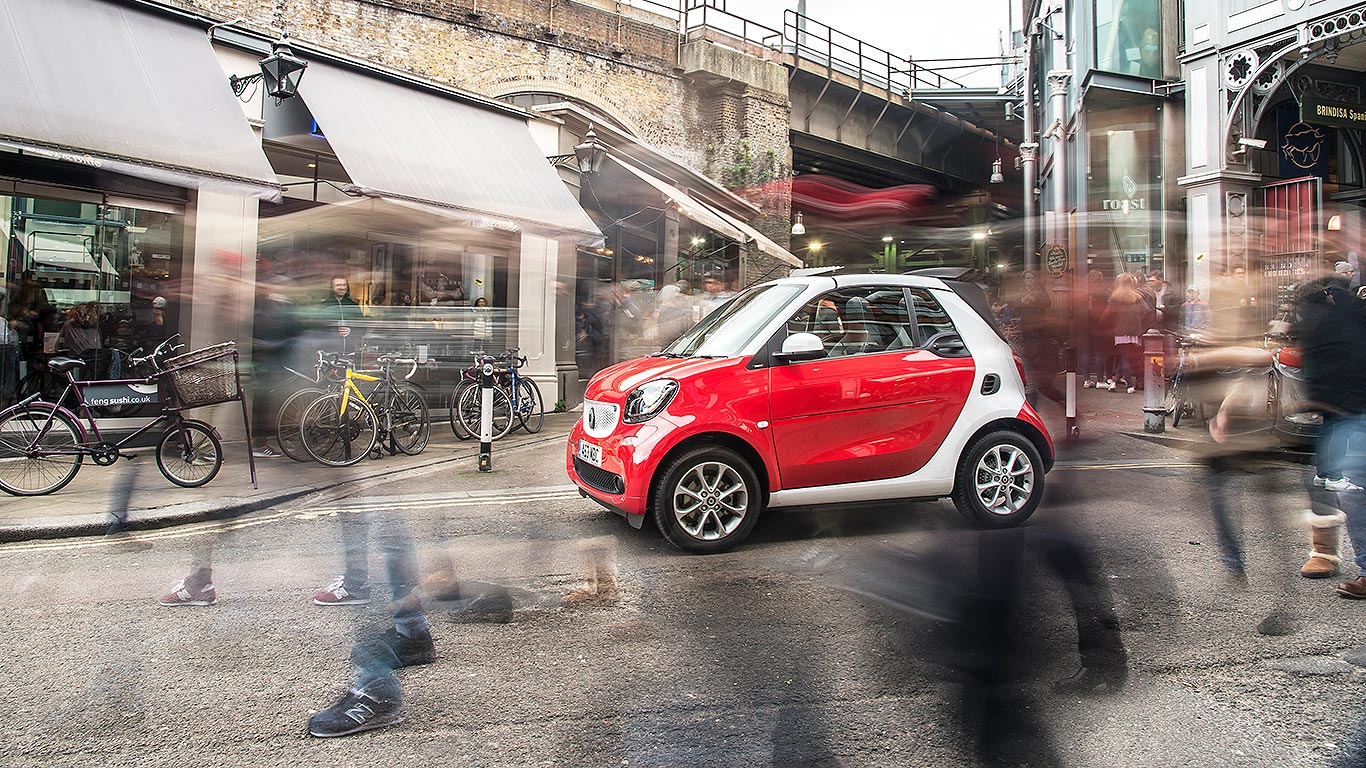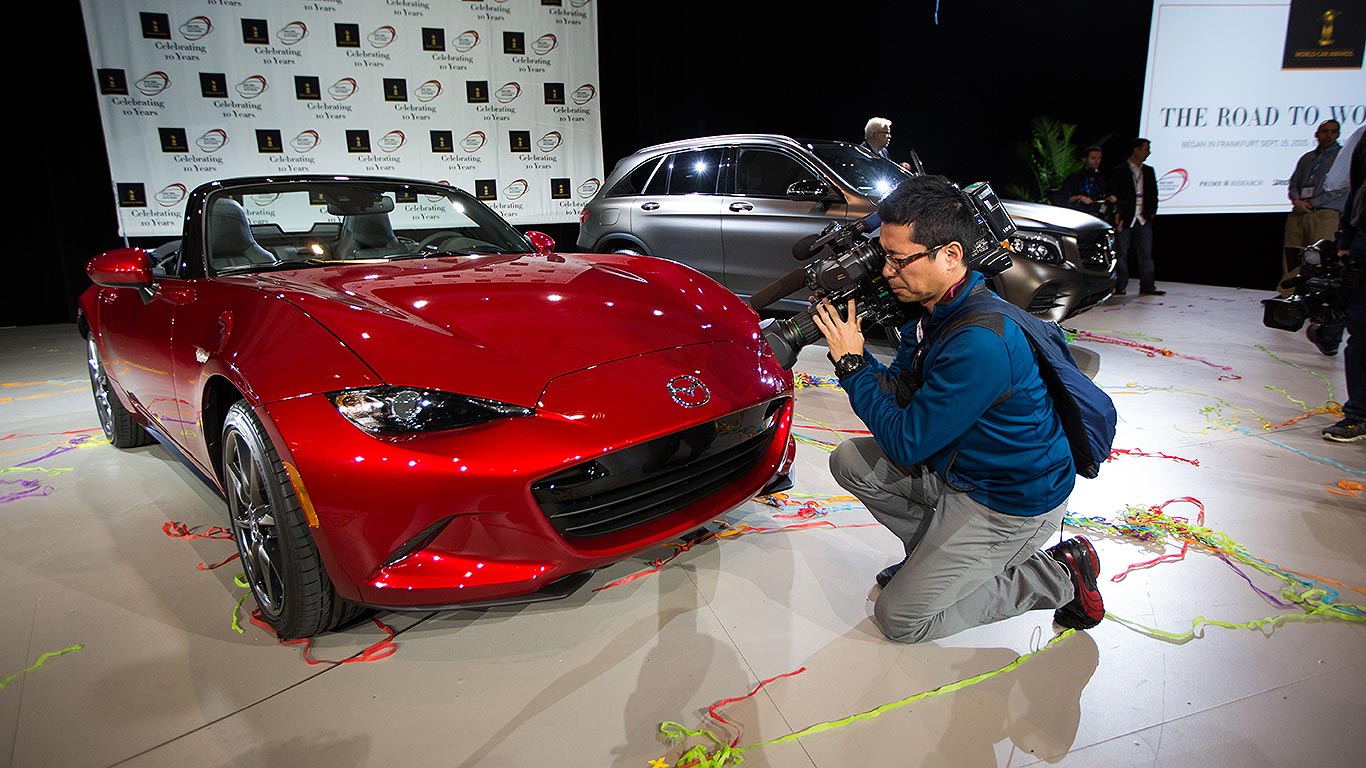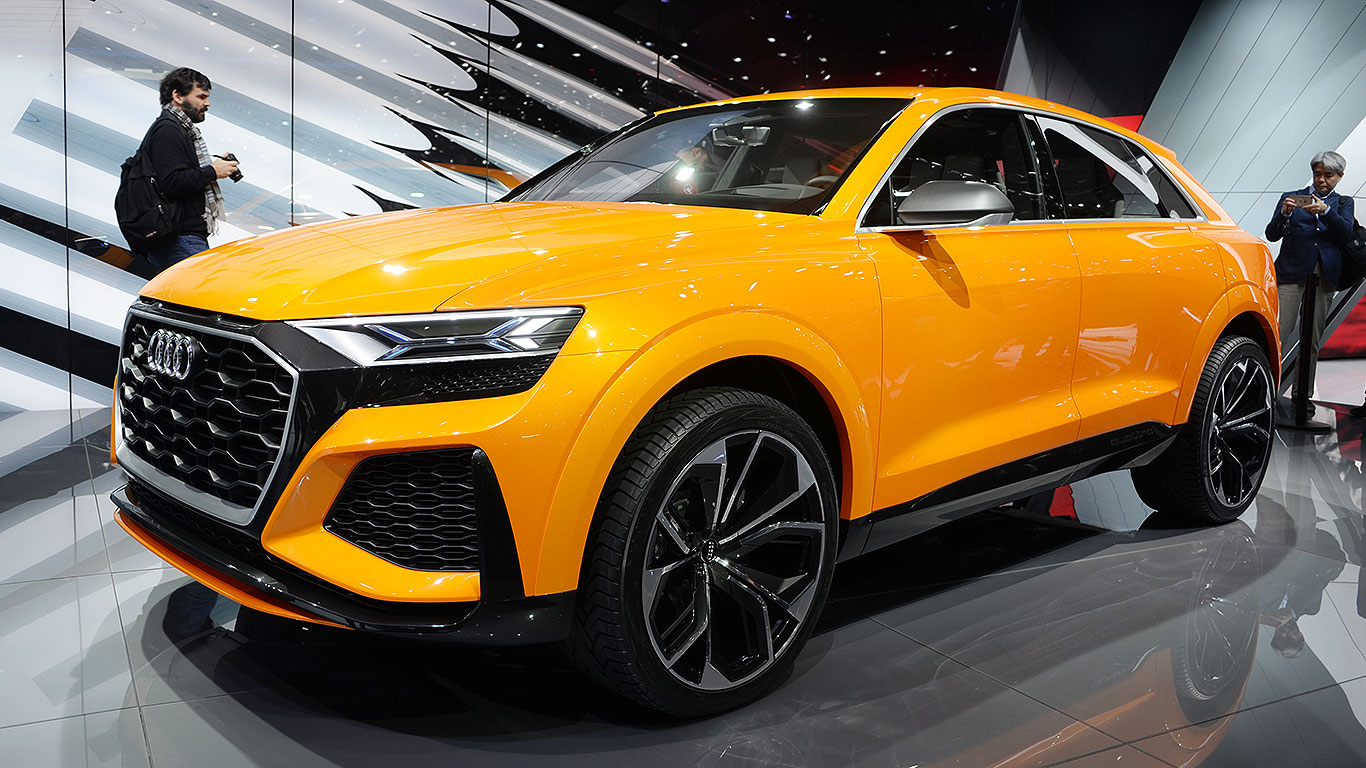 Whether they are new cars ready for launch, concepts offering a vision of what’s to come or updates of current models, SUVs and crossovers are everywhere at Geneva 2017.
Whether they are new cars ready for launch, concepts offering a vision of what’s to come or updates of current models, SUVs and crossovers are everywhere at Geneva 2017.
Arguably, Jaguar and Land Rover have the hottest stands at the show, with the world premiere of the Range Rover Velar and the first sighting in Europe of Jaguar’s revolutionary all-electric SUV concept: the I-Pace.
If it’s luxury you’re after, look no further than the most opulent version of the Bentley Bentayga, or the monster that is the Mercedes-Maybach G65 4×4 Landaulet. There really is something for everyone at the Geneva Motor Show.
- New Honda Civic Type R revealed in Geneva
- McLaren 720S is our star of the 2017 Geneva Motor Show
- Original ‘Bullitt’ movie Mustang saved from life on the scrapheap
Nissan Qashqai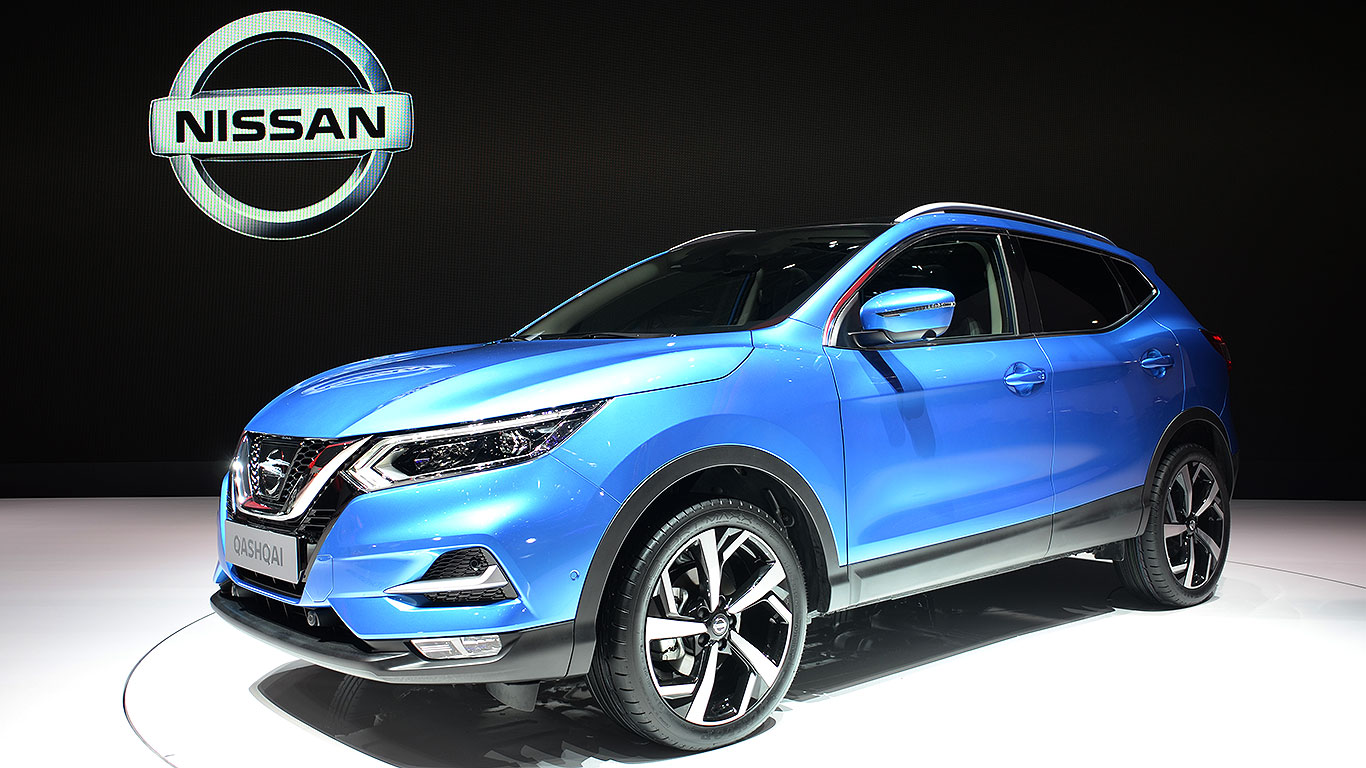
Europe’s most popular crossover just had a facelift. Due to hit UK roads later this year, the Nissan Qashqai now sports a V-shaped grille at the front, along with new bumper and headlamp designs, plus a reshaped bonnet.
The new Qashqai doesn’t just look better, it has more of a quality feel. Propilot autonomous driving tech gives it the ability to steer, accelerate and brake itself within a single lane on motorways.
Volkswagen Tiguan Allspace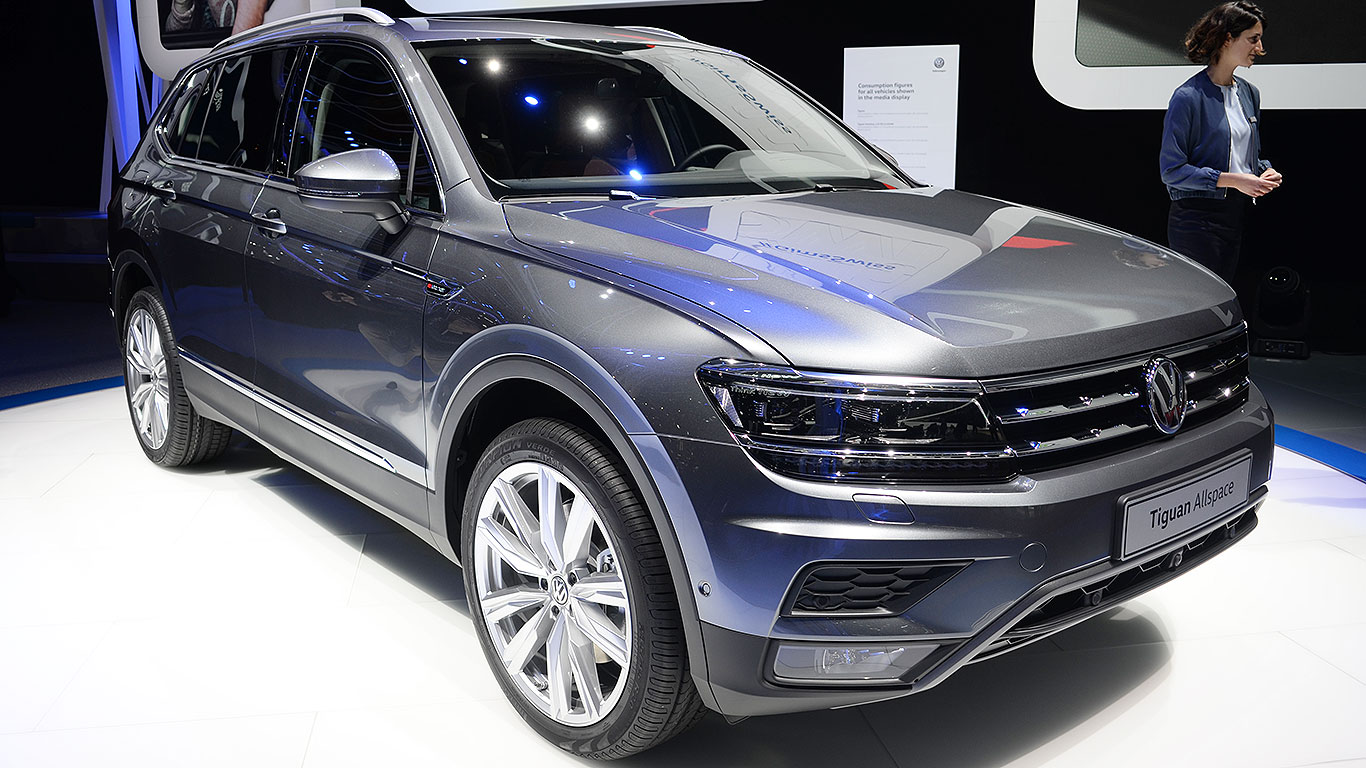
VW’s acclaimed Tiguan has grown into a full seven-seater. On sale in the UK this summer, there’s an extra row of seats, thanks to 109mm added to the wheelbase – stretching the car by 215mm overall.
Despite the stretch, the Tiguan Allspace doesn’t look out of proportion. What’s more, it now boasts 760 litres of luggage capacity (up 140 litres) with the front two rows of seats in place. With all the rear seats down, there’s a van-like 1,920 litres available.
Bentley Bentayga Mulliner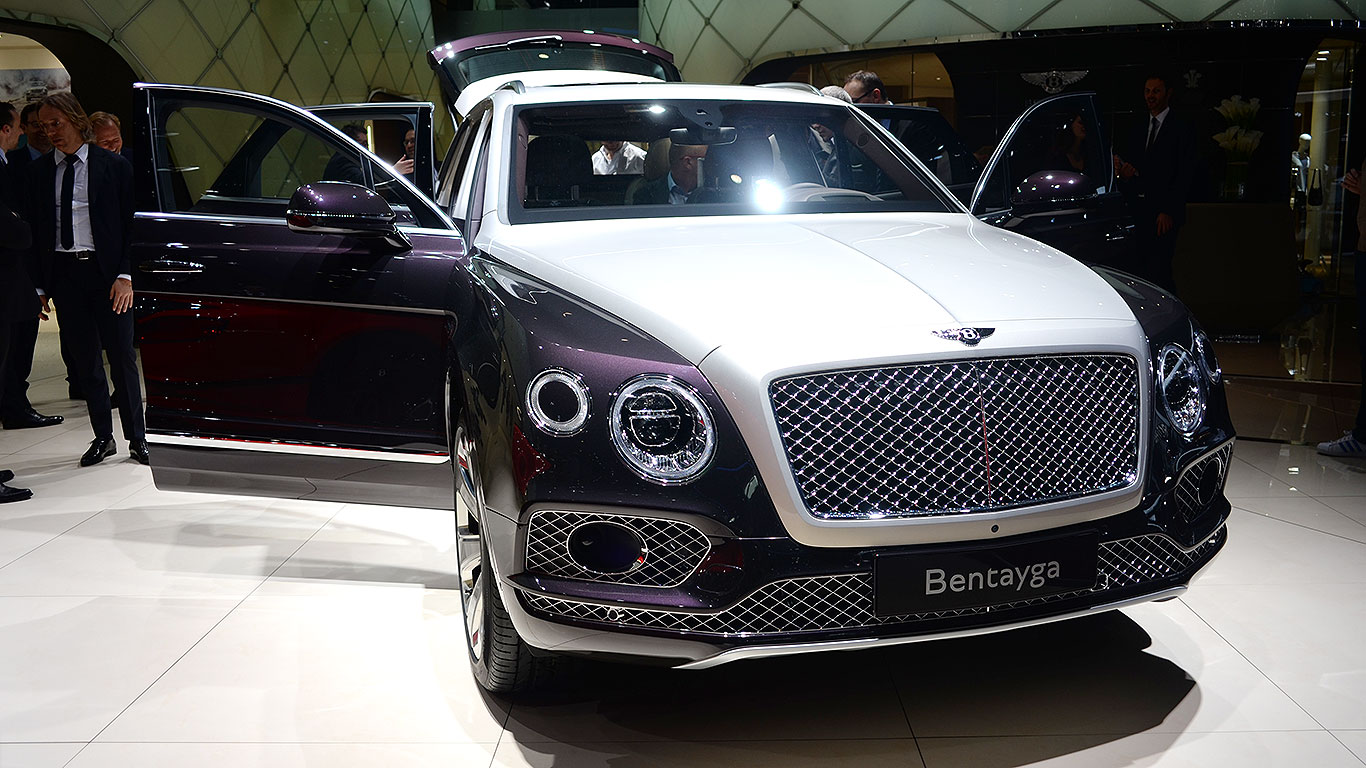
Meet the new Bentley Bentayga Mulliner: “the most exquisitely appointed luxury SUV ever created”. Bentley’s in-house bespoke division, Mulliner, has given the Bentayga a makeover to create a range-topping, uber-sumptuous sports utility vehicle.
High-end features on the Bentley Bentayga Mulliner include ‘Duo Tone’ paintwork, Mulliner 22-inch Paragon seven-spoke wheels with floating centres, a bespoke Mulliner bottle cooler, exclusive Ombré burr walnut veneer, plus ‘My Mood’, which allows occupants to choose from 15 different interior lighting colours, while also adjusting the brightness in doors, armrests and footwells.
Vauxhall Crossland X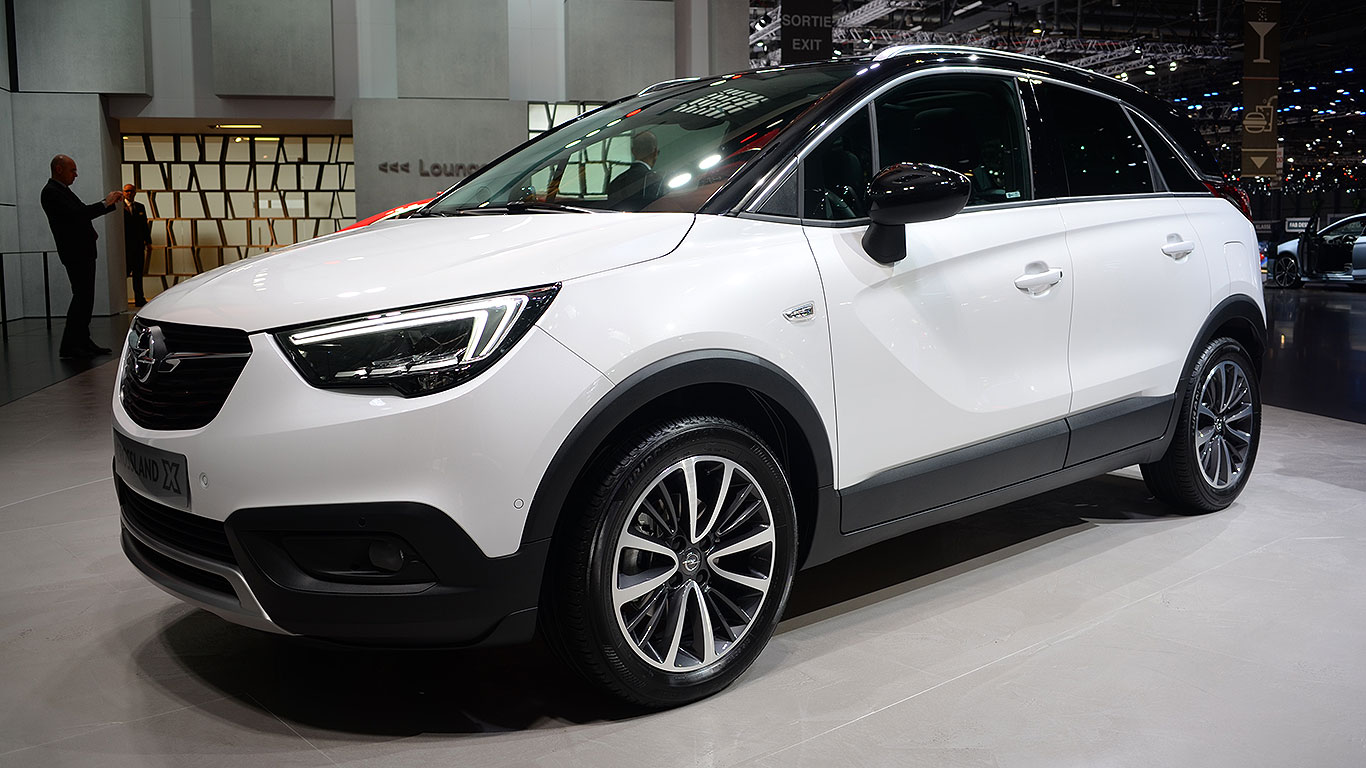
A world premiere for the latest crossover from Vauxhall/Opel, which is now part of PSA Europe (Peugeot-Citroen). Effectively replacing the Meriva MPV, it will slot below the Mokka X in terms of size and price.
Billed as an urban crossover, rather than an SUV, Vauxhall reckons the Crosland X “has a firm family focus, with a Tardifs-like cabin providing high degrees of practicality and flexibility”.
Range Rover Velar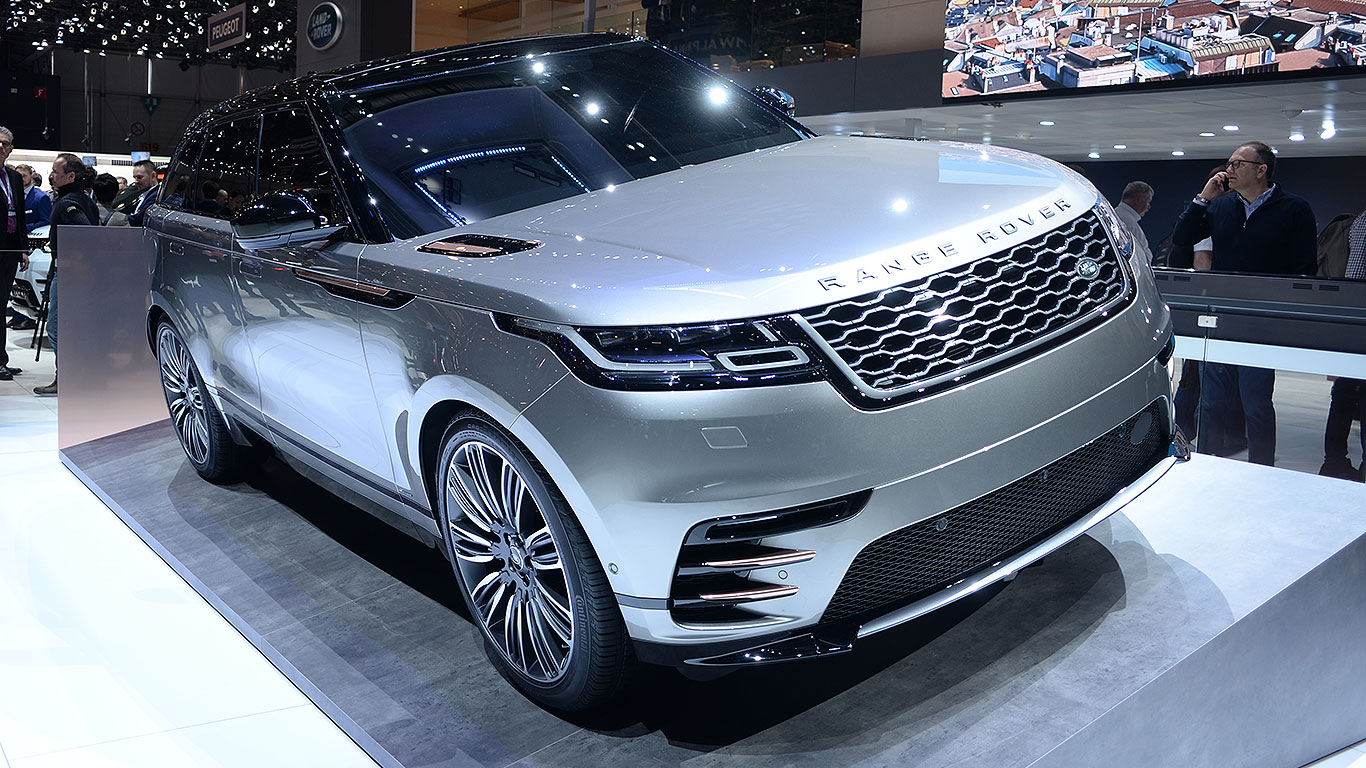
The sleek Velar is Geneva’s SUV star. Slotting into the Range Rover line-up between the Evoque and Sport, it’s an obvious rival to the Porsche Macan. And indeed its cousin, the Jaguar F-Pace.
Priced from £44,830 to £85,450, the British-built Range Rover Velar will go on sale from July in the UK and more than 170 markets worldwide. Combining Land Rover’s legendary all-terrain ability with an upmarket cabin and lashings of tech, it promises to be the most driver-focused Range Rover ever.
Subaru XV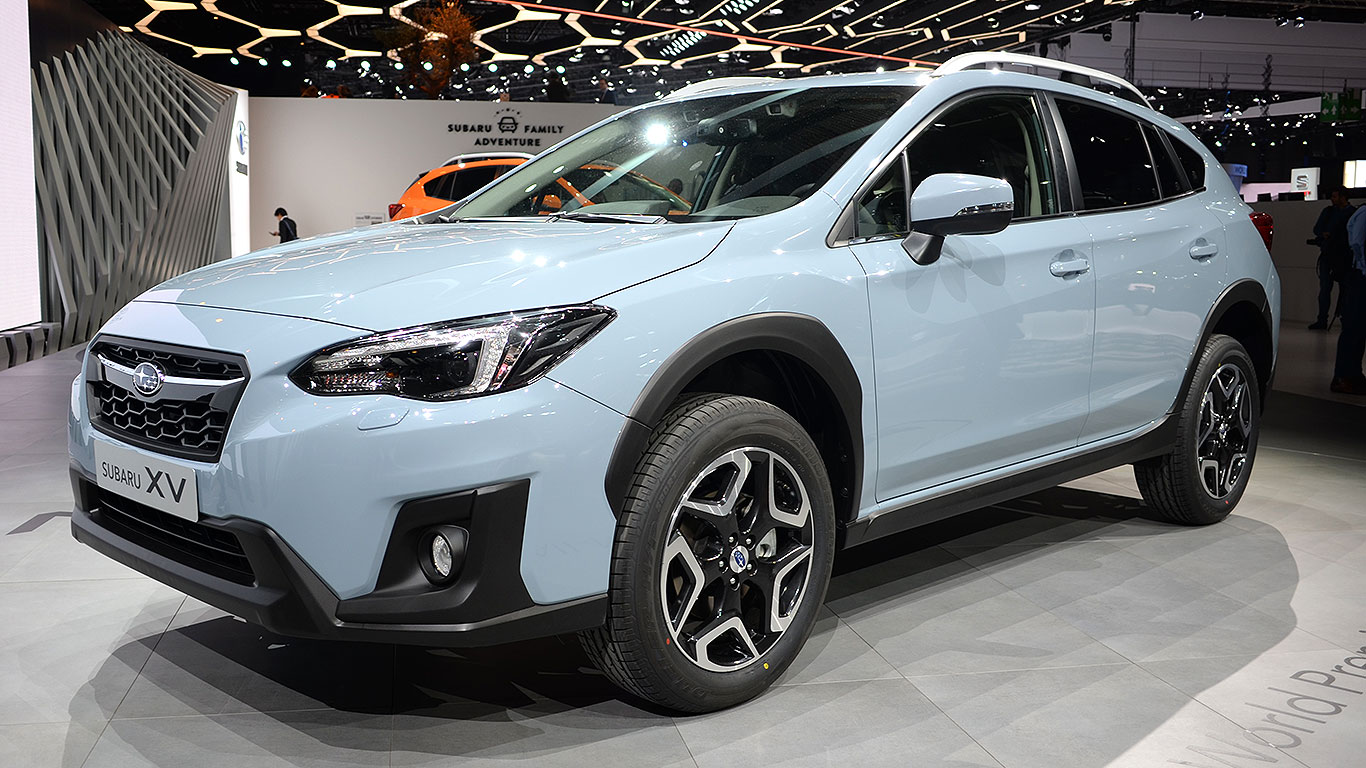
The wraps are off Subaru’s next generation XV, which is due to go on sale in the UK early in 2018. Looking like an evolution of the current car, it’s certainly more appealing to the eye and should bring the model into the mainstream.
Built on a new global platform, just like the new Impreza, Subaru claims the XV will have significantly enhanced refinement, safety, ride comfort, and agility. Needless to say, symmetrical four-wheel drive will be standard on all models.
Mitsubishi Eclipse Cross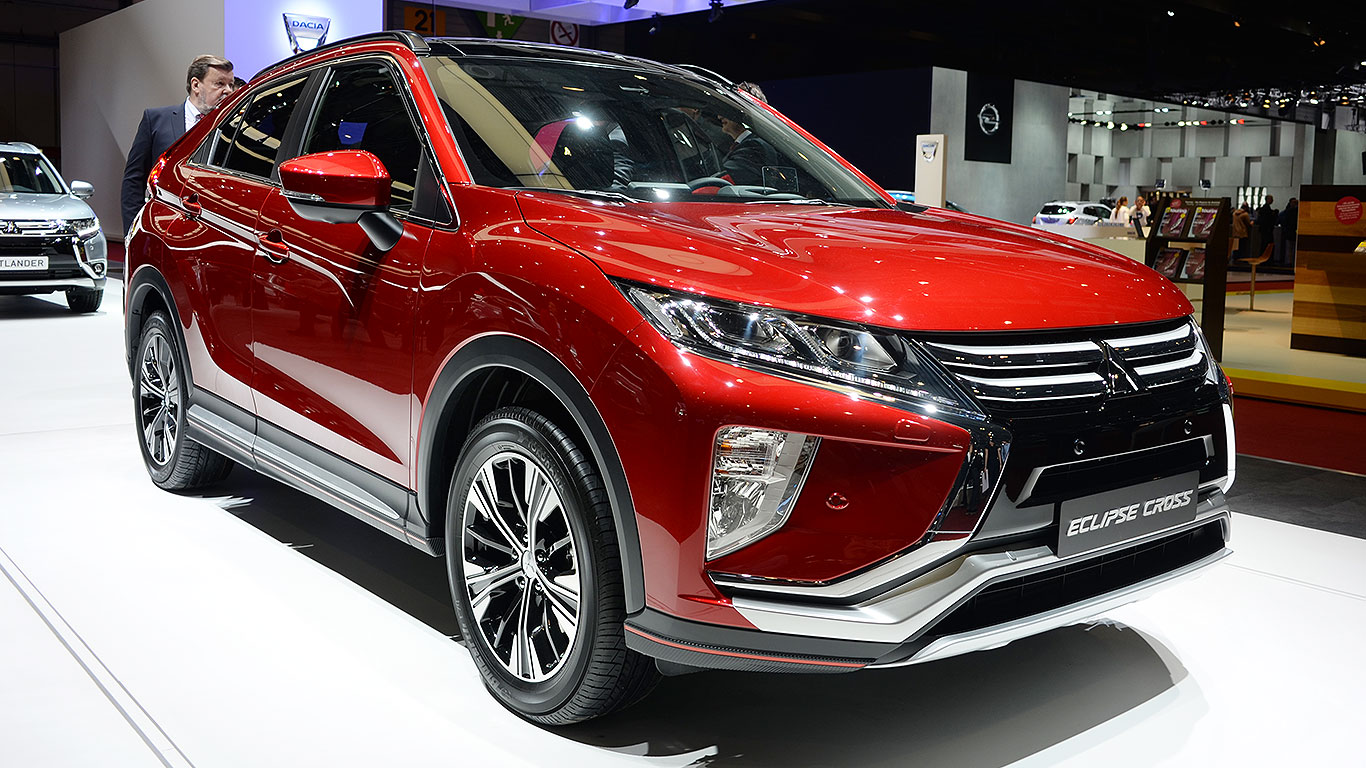
Plugging a gap between the ASX and Outlander, Mitsubishi’s new Qashqai-rival doesn’t look as flash as the teased design studies suggested, but it will freshen up the Japanese company’s range.
With its distinctive, wedged profile, the Eclipse Cross will certainly stand out when it hits UK roads early in 2018. Its most unusual design element is at the back, where a high-mounted strip of rear lamps divides the upper and lower segments of the rear window.
Jaguar I-Pace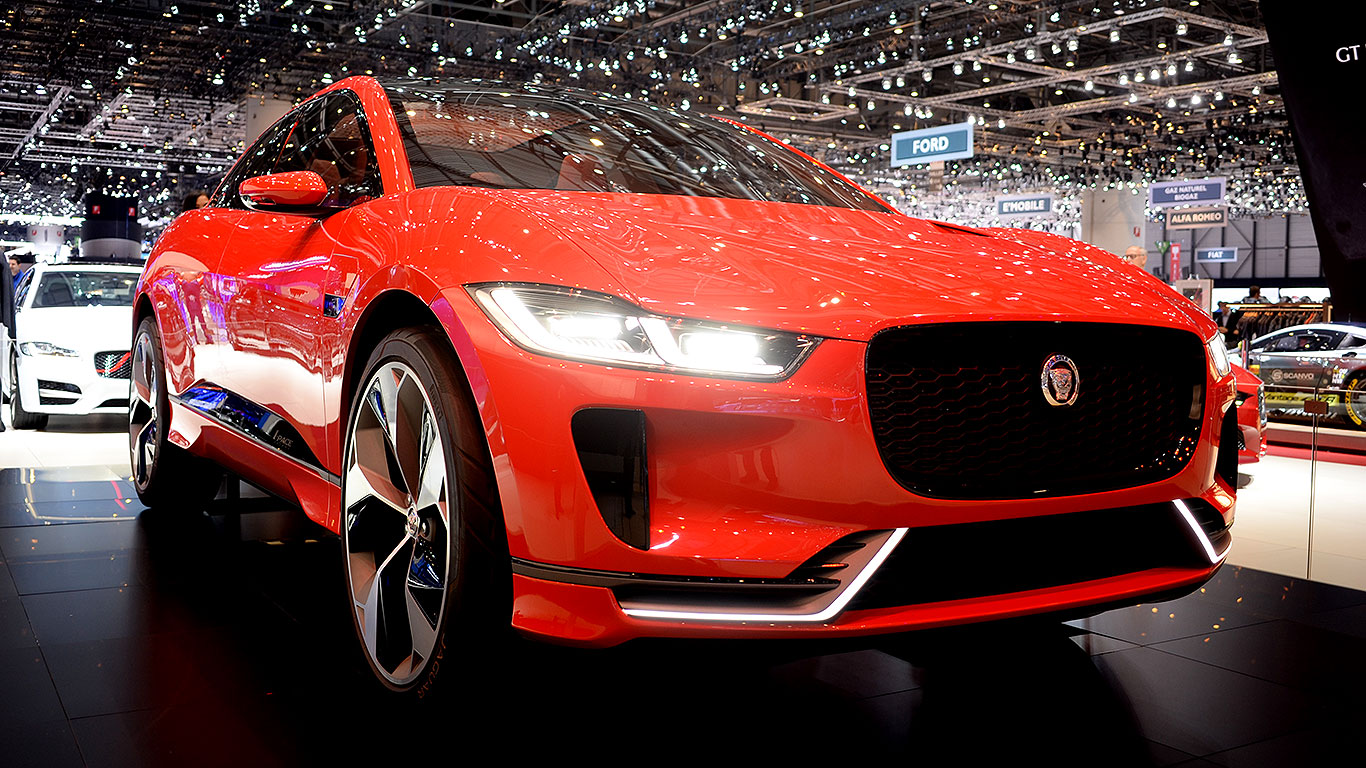
A European premiere for Jaguar’s all-electric SUV concept – now in vibrant Photon Red. The I-Pace isn’t due to go on sale in the UK until 2018, but this show car looks pretty much ready for production.
The I-Pace’s looks seem to divide opinion, but there’s no doubting that it stands out from the crowd – those massive 23-inch wheels are something else. Two electric motors, producing a combined 400hp, power the car, allowing it to sprint to 62mph in around four seconds, with a claimed range of 300 miles.
Mercedes-Maybach G65 4×4² Landaulet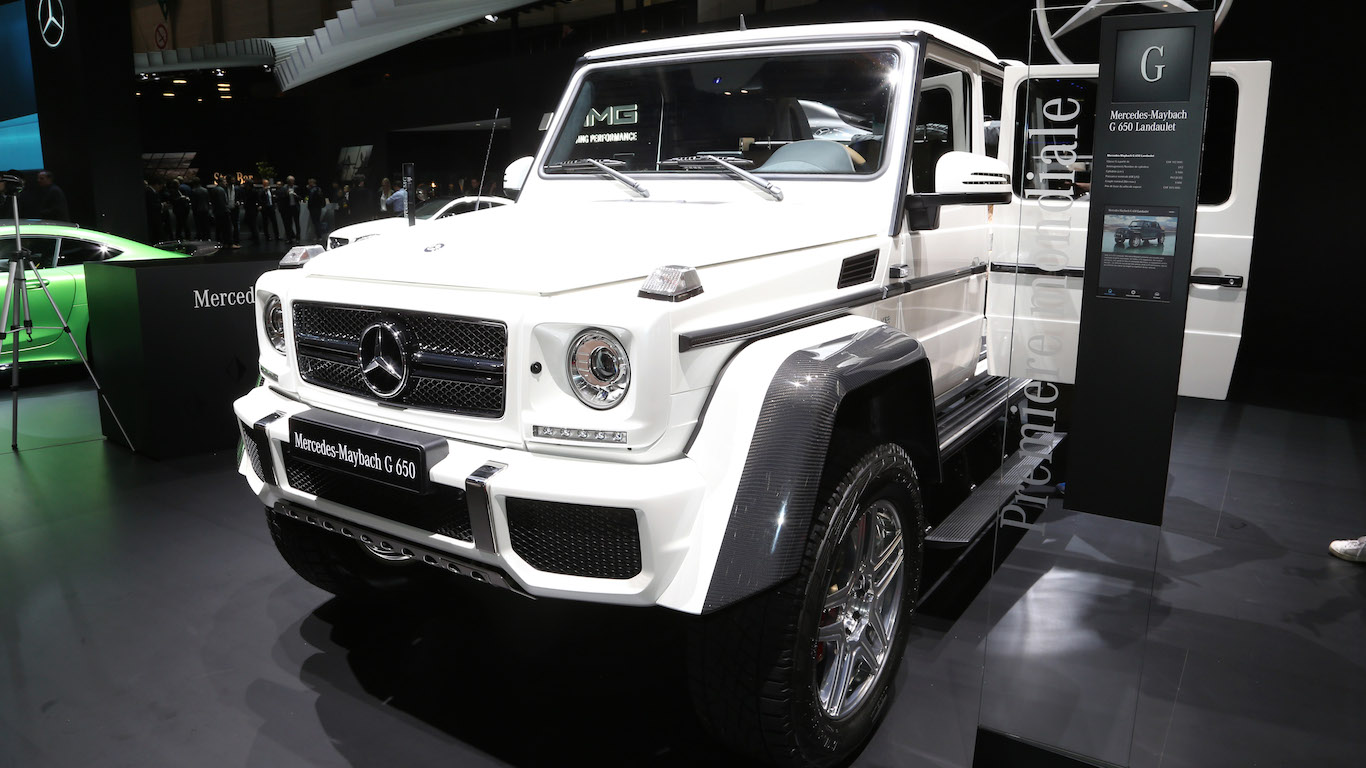
Mercedes-Benz is giving Range Rover and Bentley something to think about with its ultra-luxurious all-terrain Mercedes-Maybach SUV – a landaulet version of the legendary G-Wagen. In other words, a covered cab with a retractable fabric roof at the back.
Powered by a new twin-turbo 6.0-litre V12, the Landaulet is likely to become the world’s most expensive sport utility vehicle, with a rumoured price of around £400,000. Just 99 will be built, but sadly this opulent monster is not due to be sold in the UK. For the record, it is 5.3m long, 2.2m tall and has more than half a metre of ground clearance.
Audi Q8 Sport Concept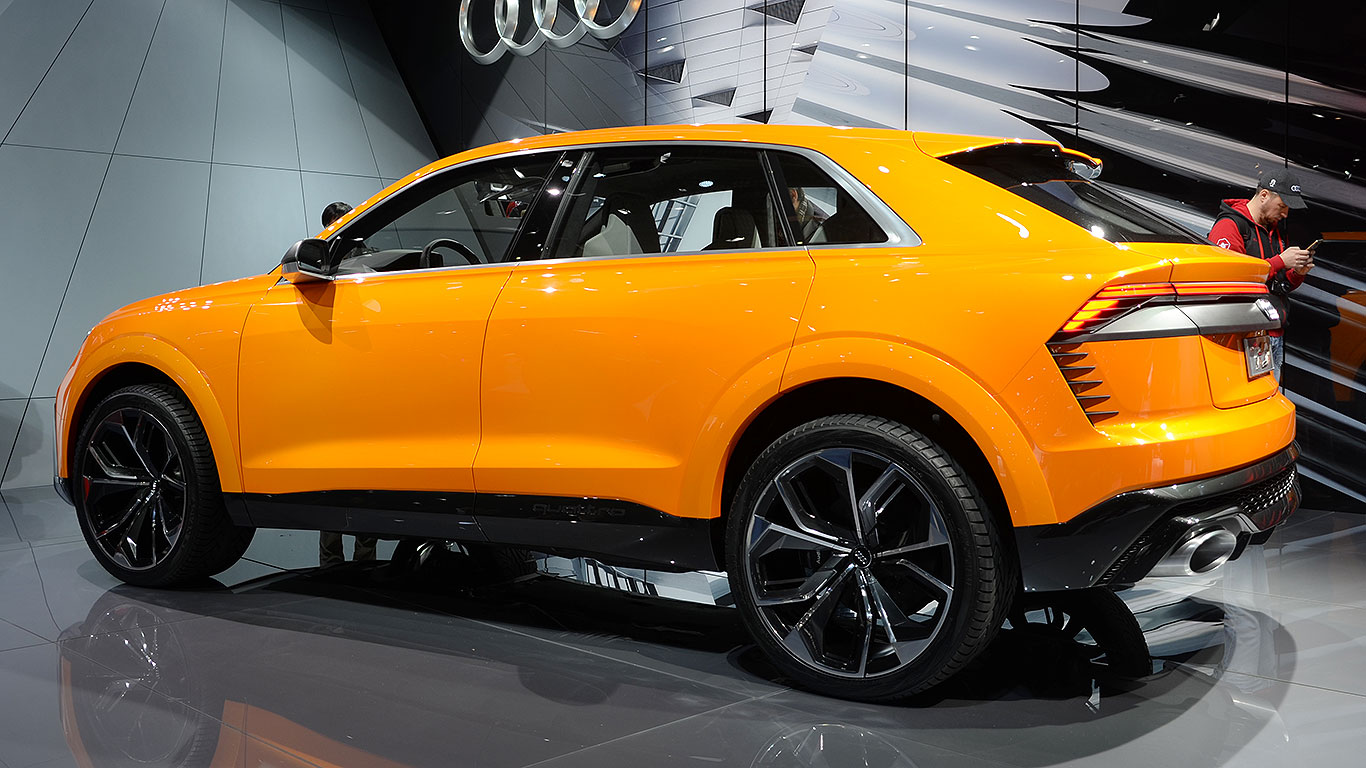
Based on the Q8 Concept first revealed at the Detroit Motor Show in January 2017, the Q8 Sport Concept is more sporty – and very orange. It combines a 3.0-litre V6 and a mild hybrid system (a world first) that enables it to deliver a handy 476hp “with the efficiency of a four-cylinder”.
Perhaps the most obvious visual change is that Audi’s signature ‘singleframe’ grille design has ditched the vertical bars and horizontal slats for a more pleasing honeycomb design. Capable of 0-62mph in just 4.7 seconds, it has a top speed of 170mph.
Skoda Kodiaq Scout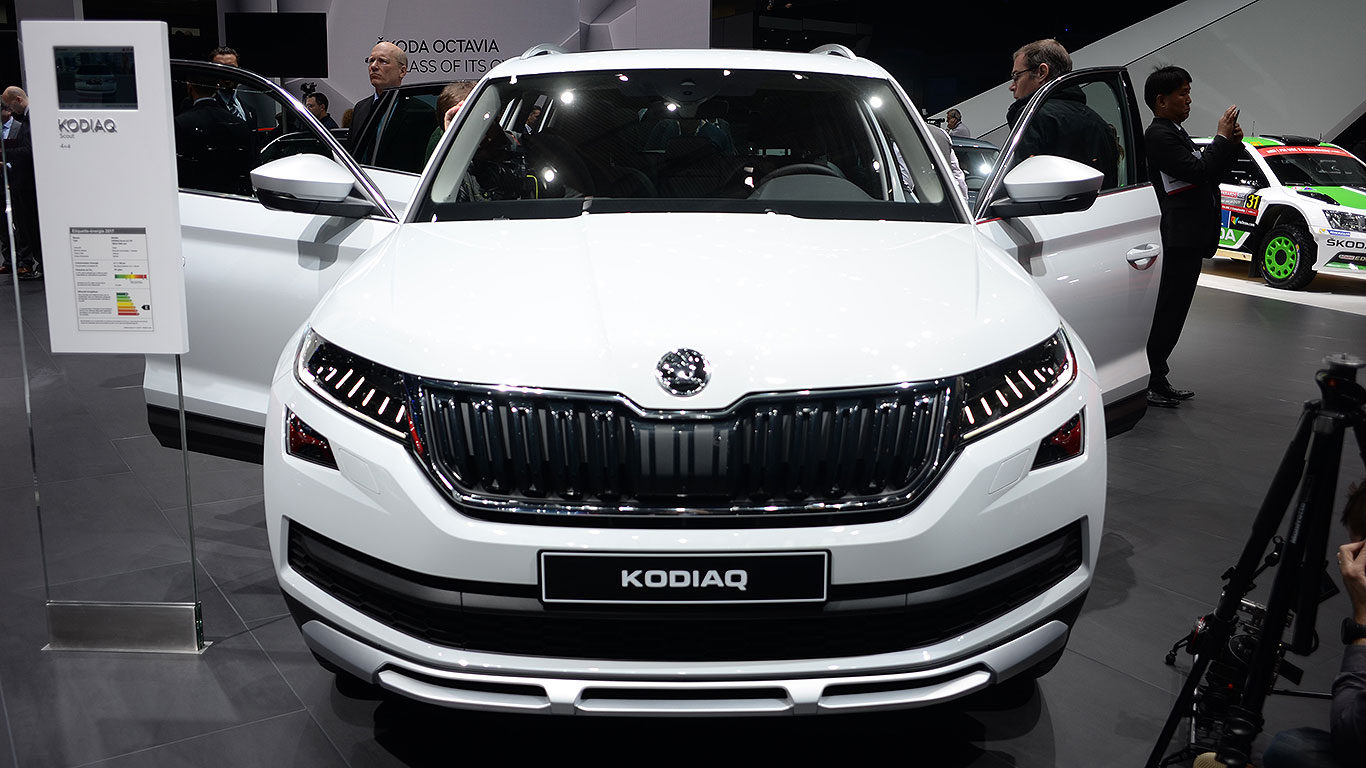
A rugged version of the Skoda Kodiaq has been unveiled at Geneva. With seating for up to seven and the largest interior and boot space in its class, the Scout also boasts off-road ability thanks to all-wheel drive, hill-hold and hill-descent control, plus a ground clearance of 194mm.
Apart from its slightly raised ride height, the Scout looks pretty similar to the standard Kodiaq, with only tinted windows, silver colour details and special 19-inch-alloy wheels emphasising the visual differences.
SsangYong XAVL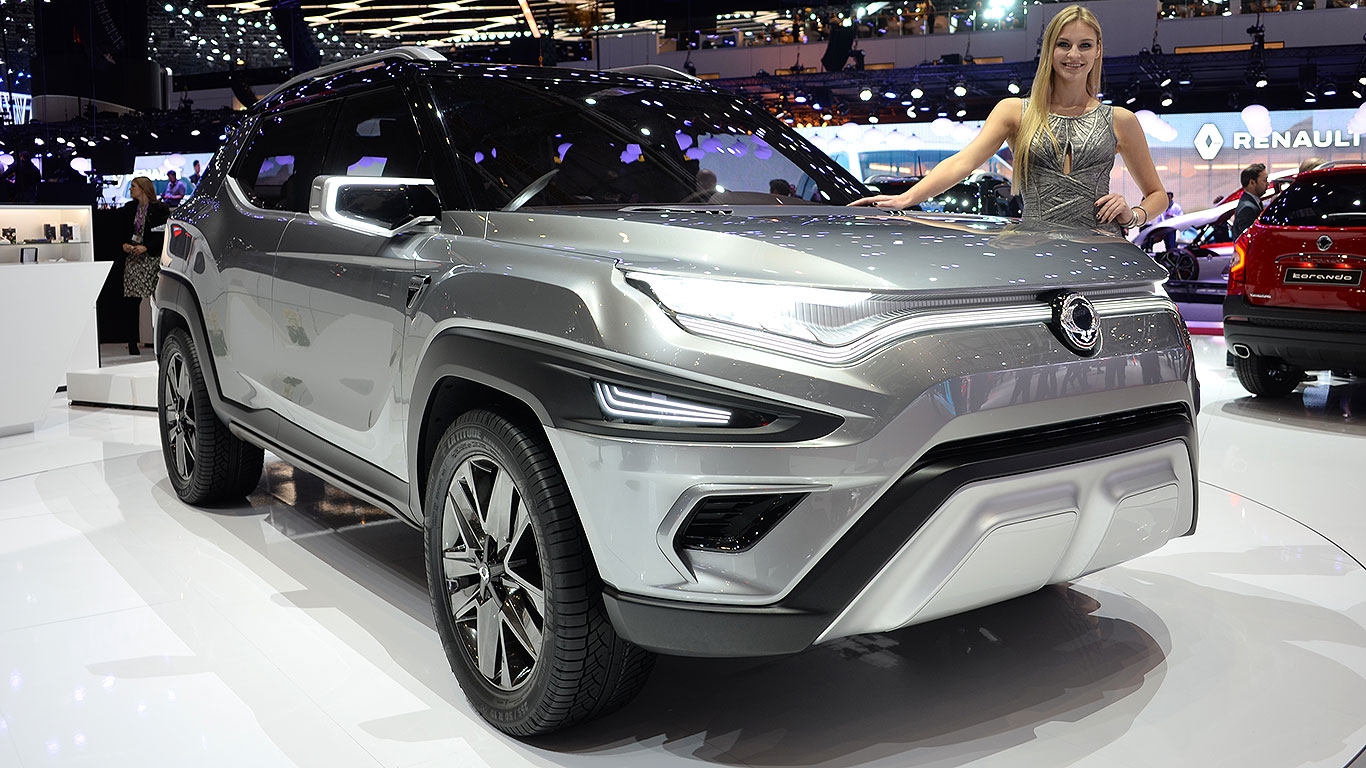
South Korean brand SsangYong has previewed its XAVL seven-seater SUV concept at Geneva. An eventual rival to the Land Rover Discovery, Kia Sorento and Hyundai Sante Fe, its awkward moniker is derived from “eXciting Authentic Vehicle Long SUV”.
The angular show car looks like a work in progress, or a larger, less attractive version of SsangYong’s Tivoli. Inside, there’s plenty of connectivity, while a 10.25-inch infotainment screen dominates the centre console. Expect to see the final version on the road by 2020.
Citroen C-Aircross Concept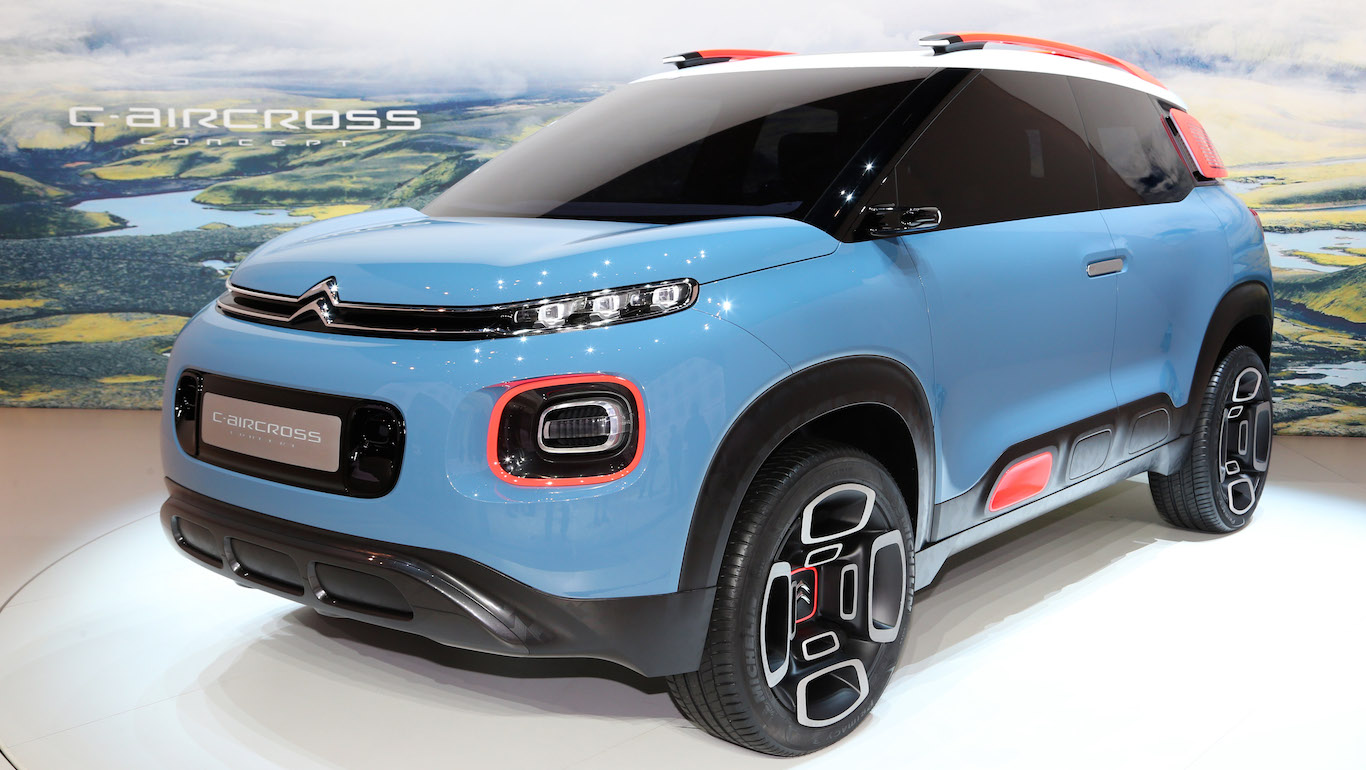
Citroen’s new SUV concept looks like an overgrown C3 and is expected to appear in showrooms as soon as 2018. Effectively replacing the C3 Picasso in the line-up, it will take on the likes of the Nissan Juke, Renault Captur and Audi Q2 in the highly-competitive compact crossover category.
Rear-hinged rear passenger doors are a stand-out feature on Citroen’s concept, though it has to manage with just three Airbumps on each side. A 12-inch touchscreen dominates the centre console, while the C-Aircross also makes use of Grip Control for extra traction when soft-roading.
Volvo XC60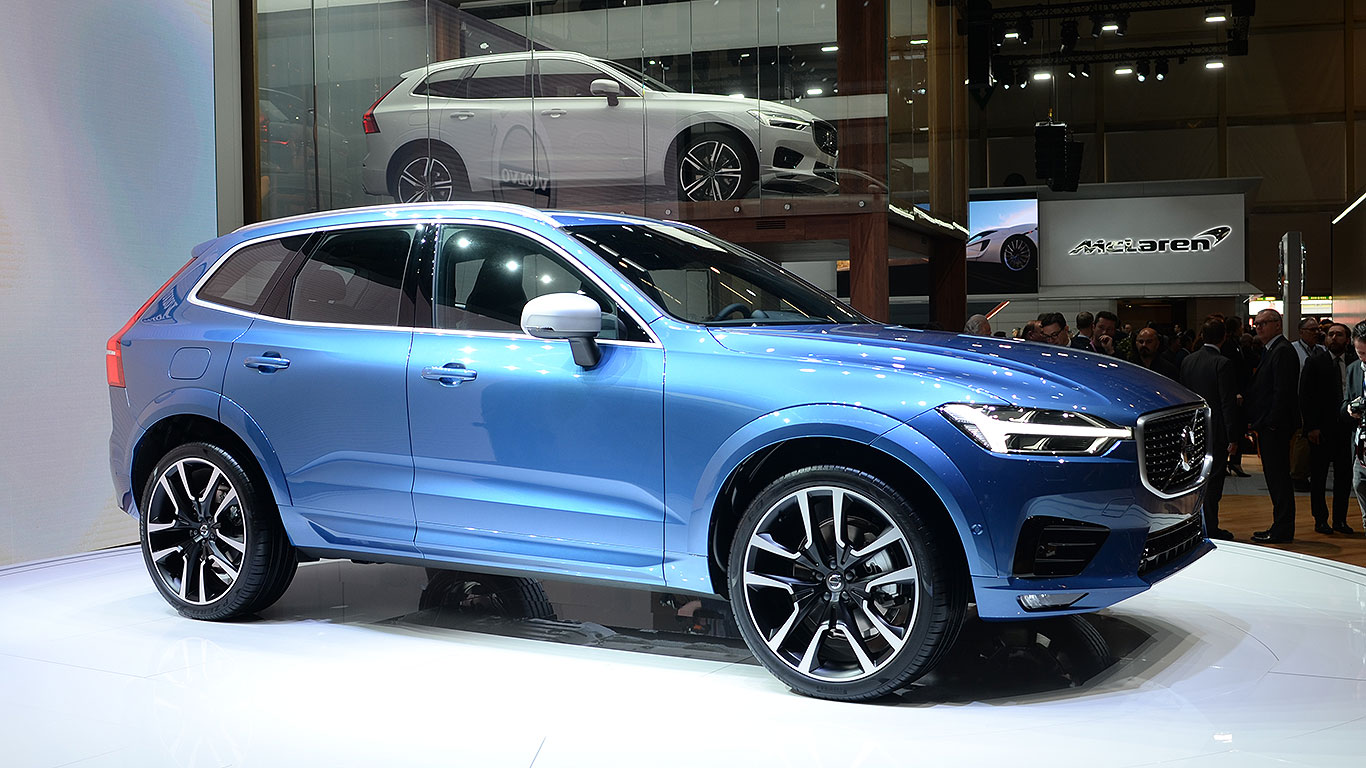
The long-awaited next-generation XC60 crossover takes a bow at Geneva. It’s a good-looking car that pays homage to its best-selling predecessor, while sharing many design cues with its big brother, the XC90.
Naturally, the new XC60 will be one of the safest cars ever, so it’s packed with tech. However, just like the XC90, there will be a T8 Twin Engine petrol plug-in hybrid version capable of reaching 62mph from standstill in just 5.3 seconds.
DS7 Crossback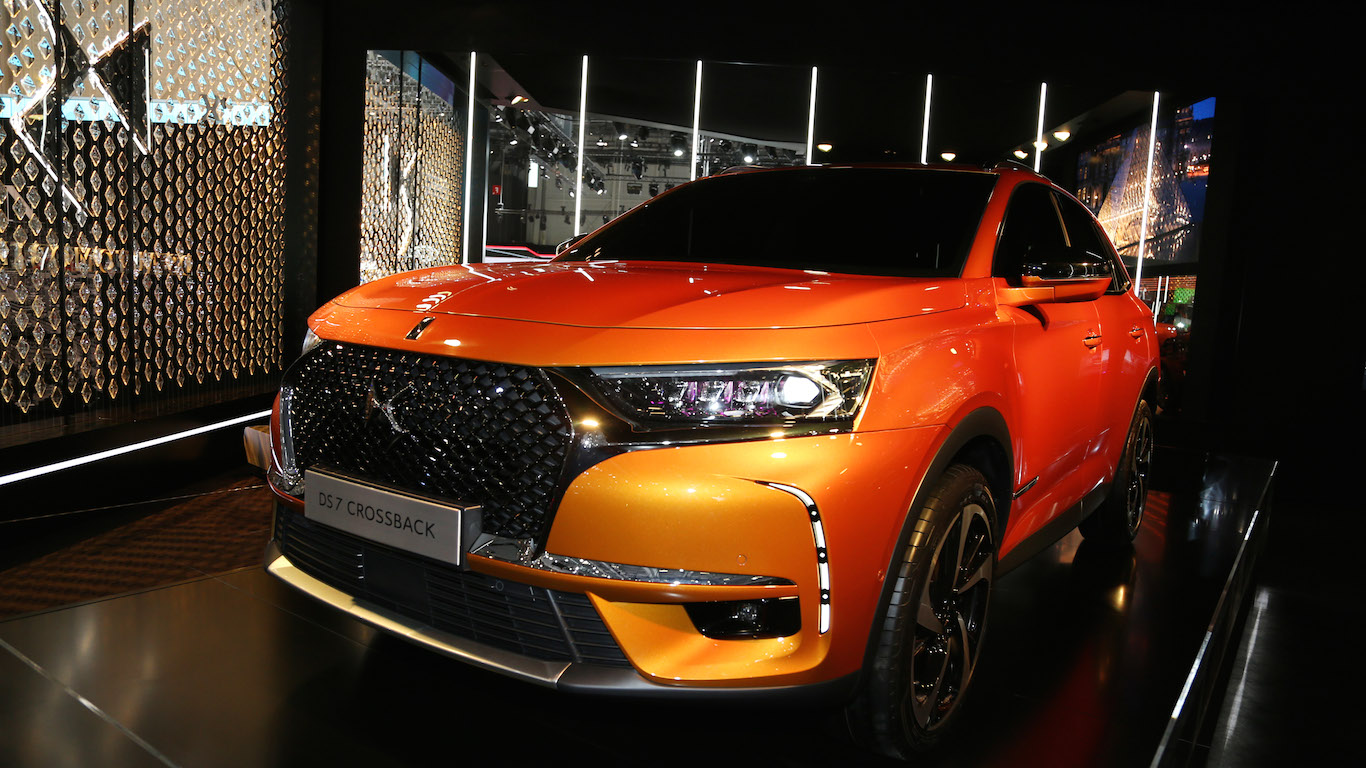
The first SUV from DS could be the car that gets the till ringing for Peugeot-Citroen’s standalone premium brand. Just as the F-Pace has accelerated Jaguar sales, the stylish DS7 Crossback should put DS on the map.
Rivalling established SUVs such as the Range Rover Evoque and Audi Q3, the spacious DS7 Crossback is fully connected and packed with tech. The interior is dominated by two 12-inch touchscreen displays. Outside, the front of the car features a dramatic diamond-effect grille and distinctive jewel-like LED headlights.
Mazda CX-5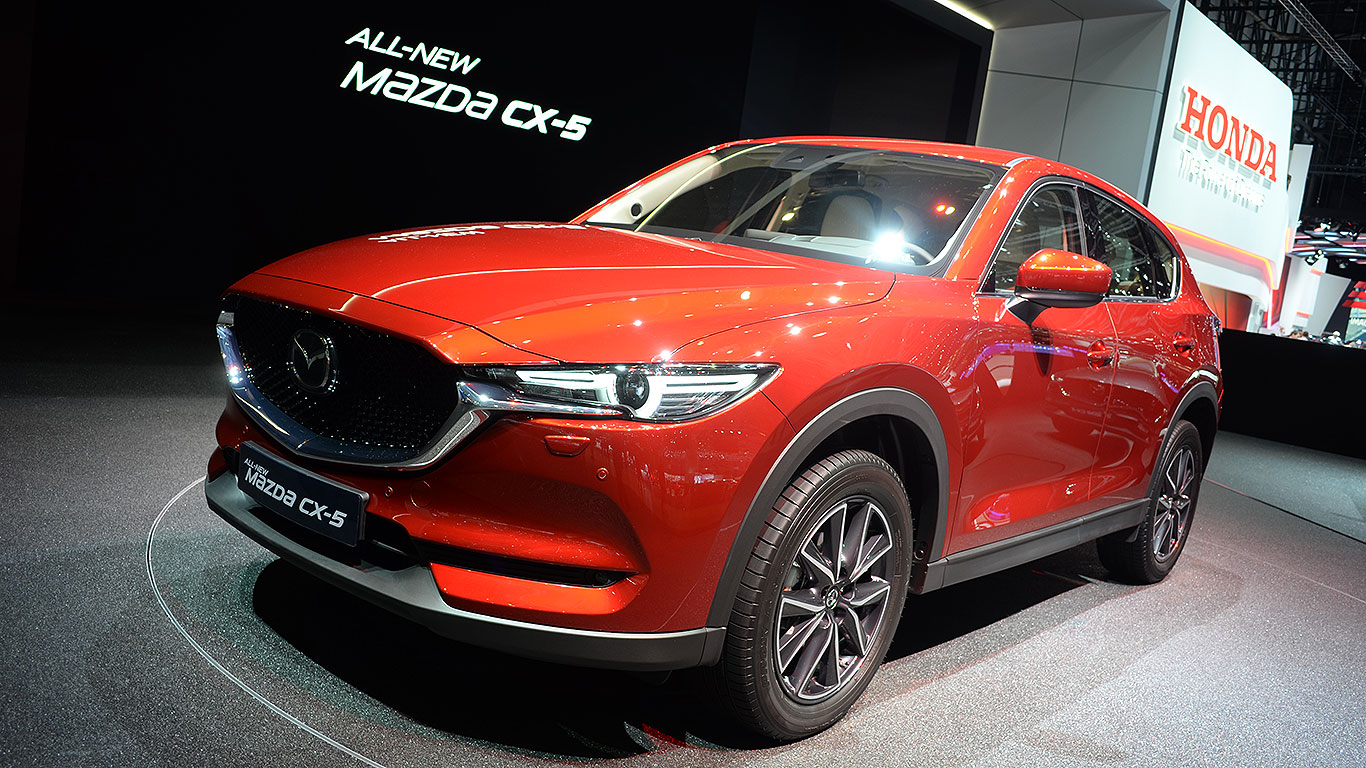
First revealed at the 2016 Los Angeles Auto Show, Mazda’s next-generation CX-5 makes its European debut at Geneva. Always a good-looking crossover, the new model is now longer, lower and sexier.
The CX-5 is hugely important to Mazda. Not only is it the company’s best-selling model in Europe, it’s also sold in more than 120 countries and represents around a quarter of Mazda’s global sales. The new model delivers “responsive performance” while also “prioritising passenger comfort”.
Renault Captur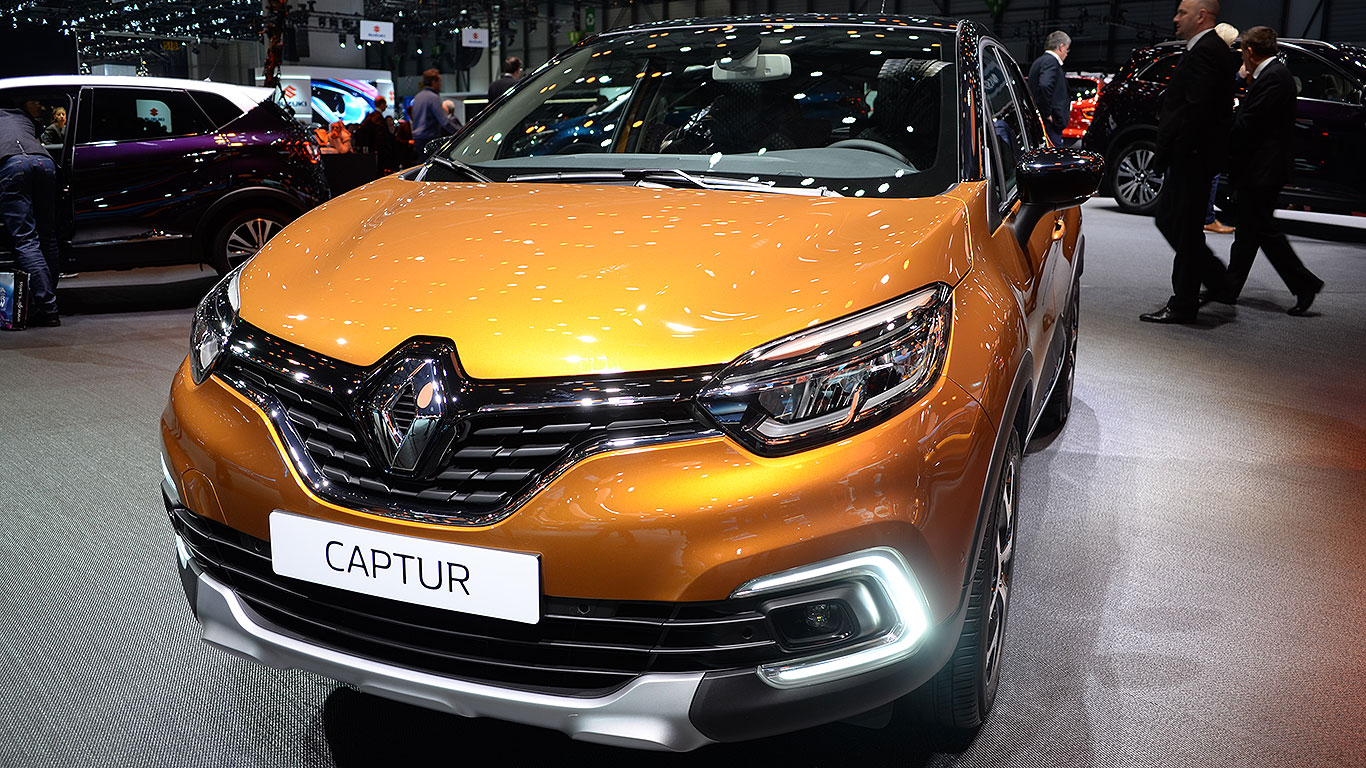
Renault’s best-selling compact crossover gets a welcome mid-life makeover inside and out. The most notable exterior change is the updated front end, which is now similar to its big brother, the Kadjar. There are also new skid plates, front and rear, plus three new wheel options.
Three new colours now join the updated Captur’s palette, meaning that 36 different combinations are now available. The new Captur, which goes on sale in the UK this summer, looks especially good with two-tone paint and a fixed glass roof.
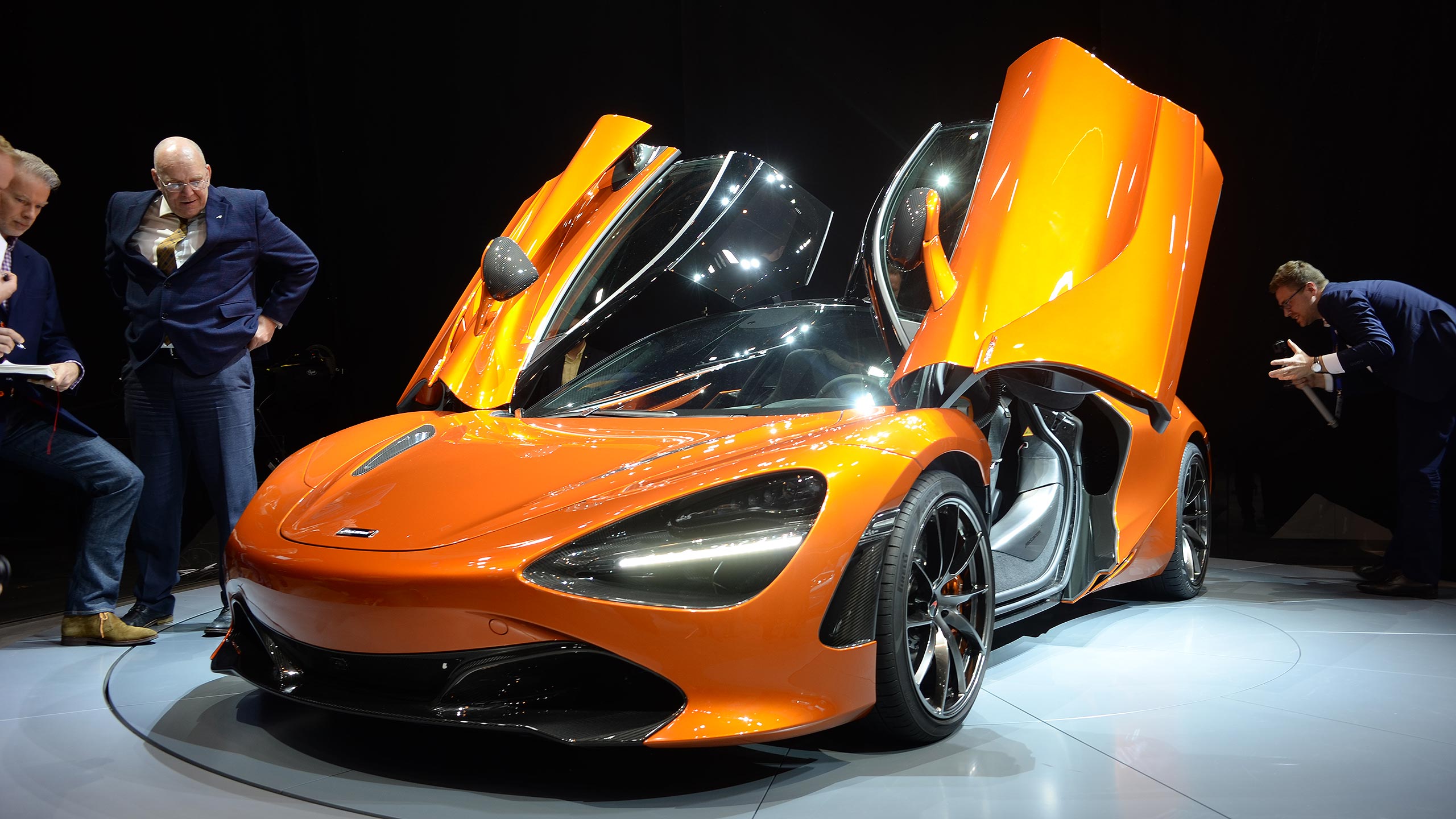 The opening act for the second-generation of McLaren’s mid-range ‘Super Series’ of cars, and the replacement for the current 650S Coupe. It’s a big deal for McLaren, as this represents the core of the supercar range it offers, and comes with great expectations as the brand develops further. With more power, a new carbon fibre chassis, improved aerodynamics, and a bold new look the Woking-based firm has gone all out with the 720S.
The opening act for the second-generation of McLaren’s mid-range ‘Super Series’ of cars, and the replacement for the current 650S Coupe. It’s a big deal for McLaren, as this represents the core of the supercar range it offers, and comes with great expectations as the brand develops further. With more power, a new carbon fibre chassis, improved aerodynamics, and a bold new look the Woking-based firm has gone all out with the 720S.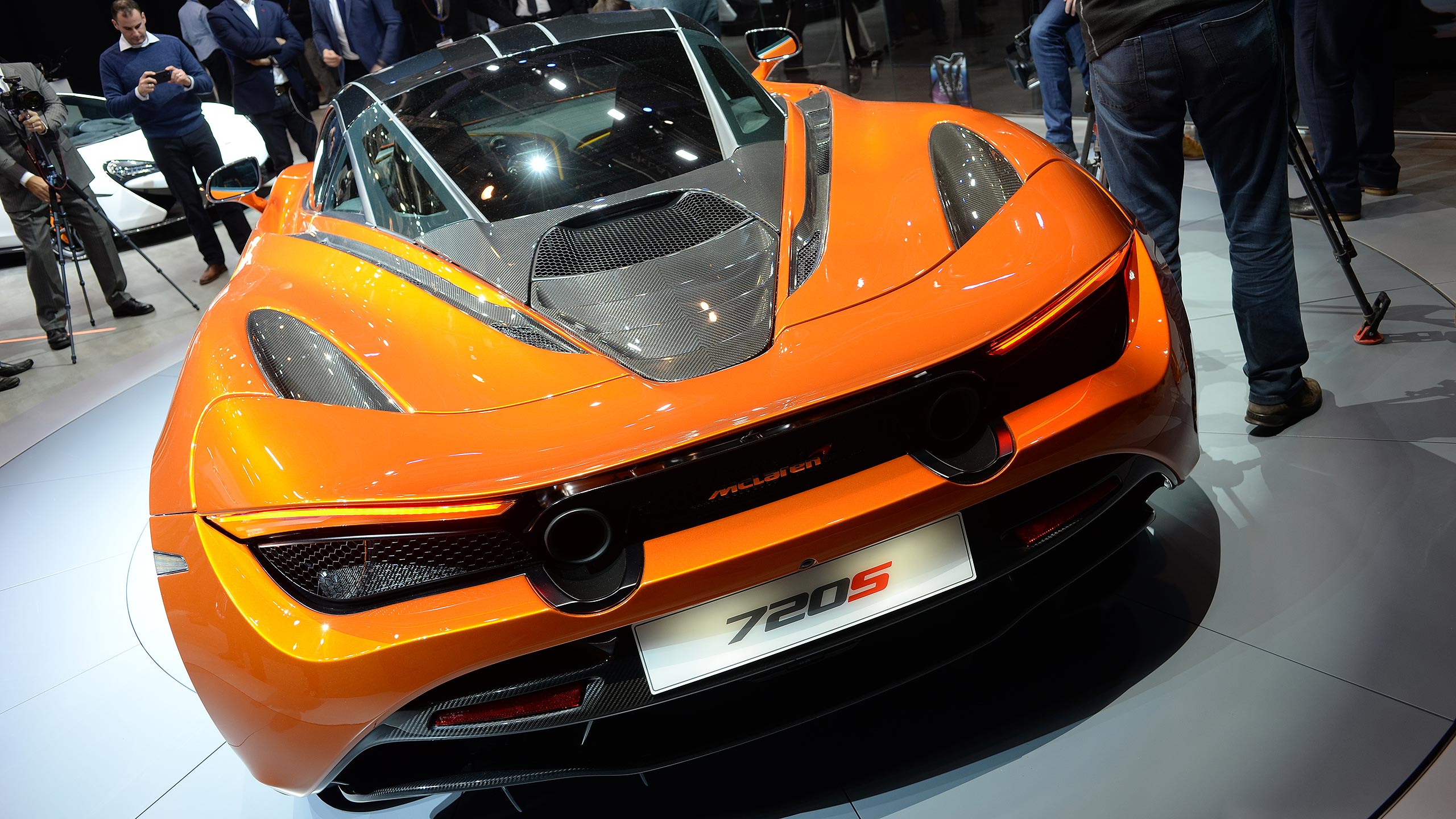
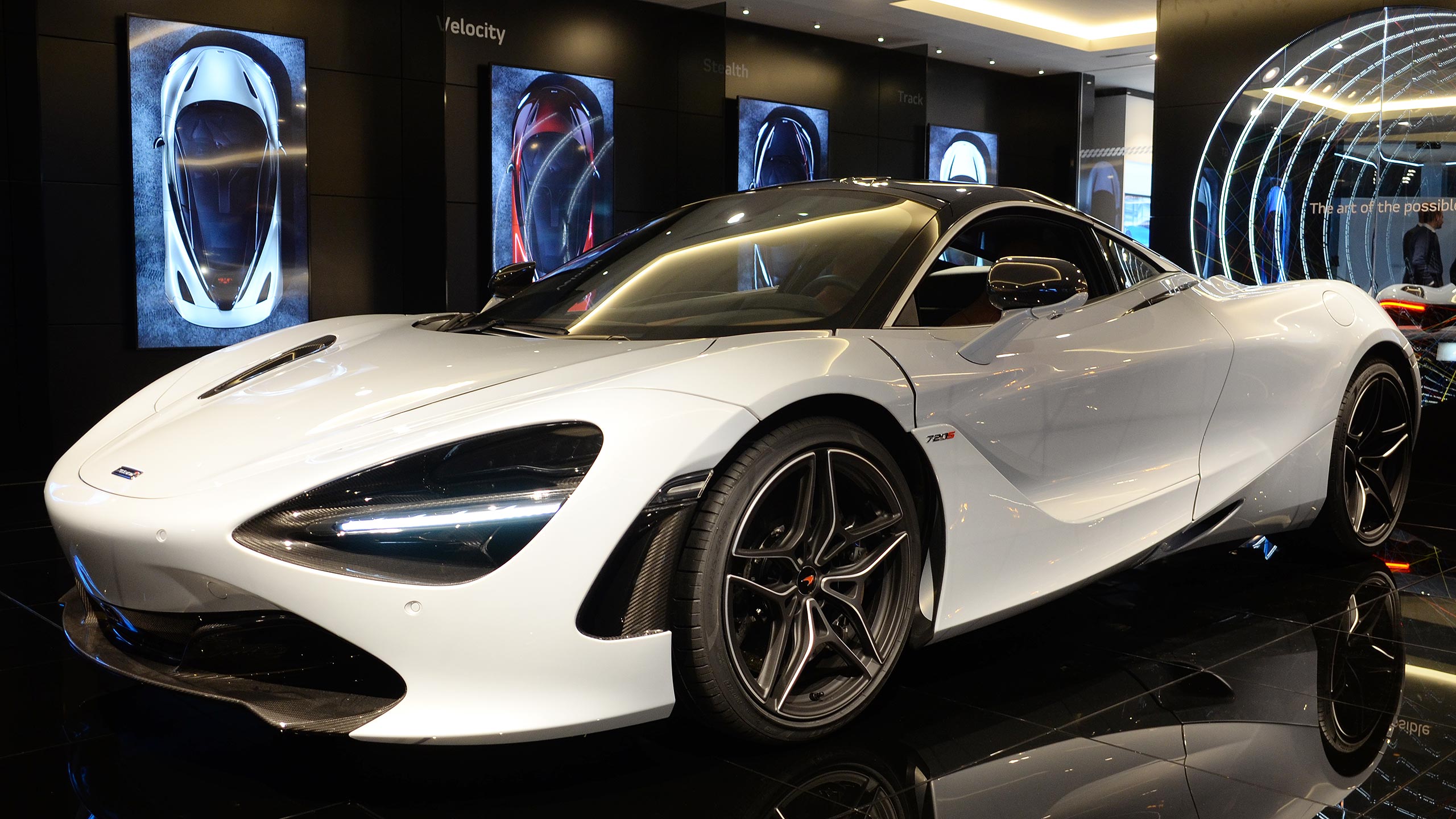
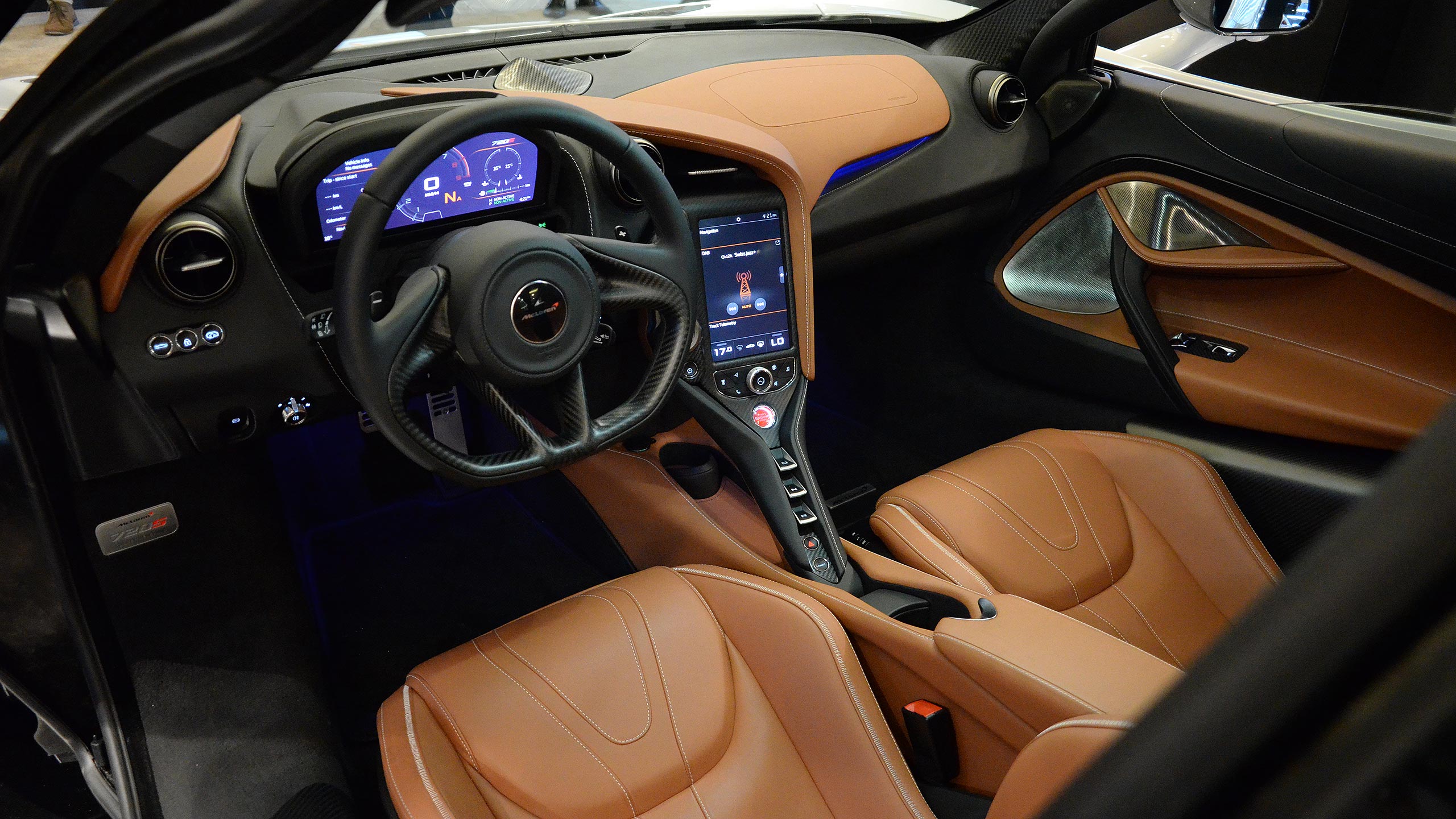
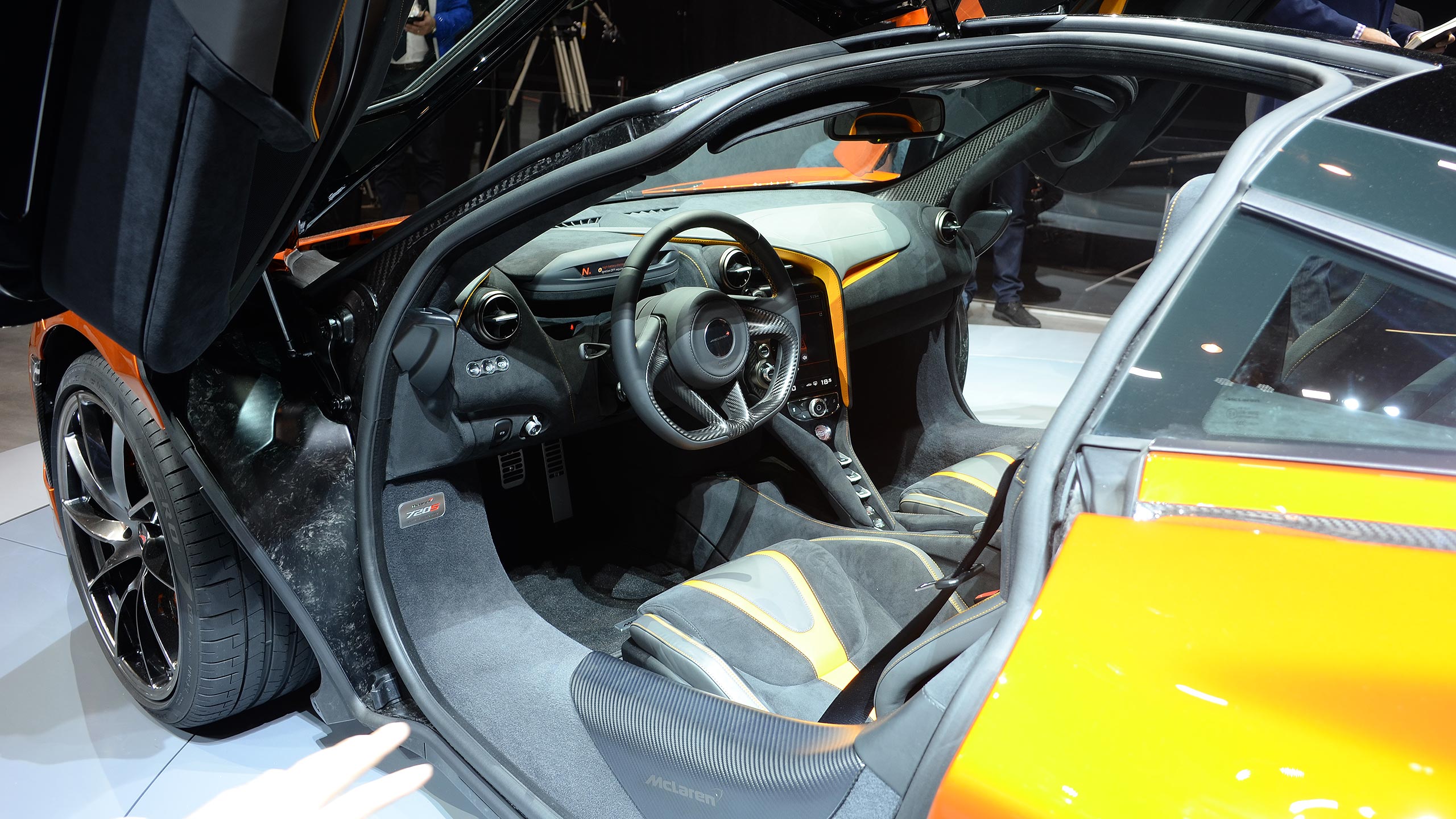
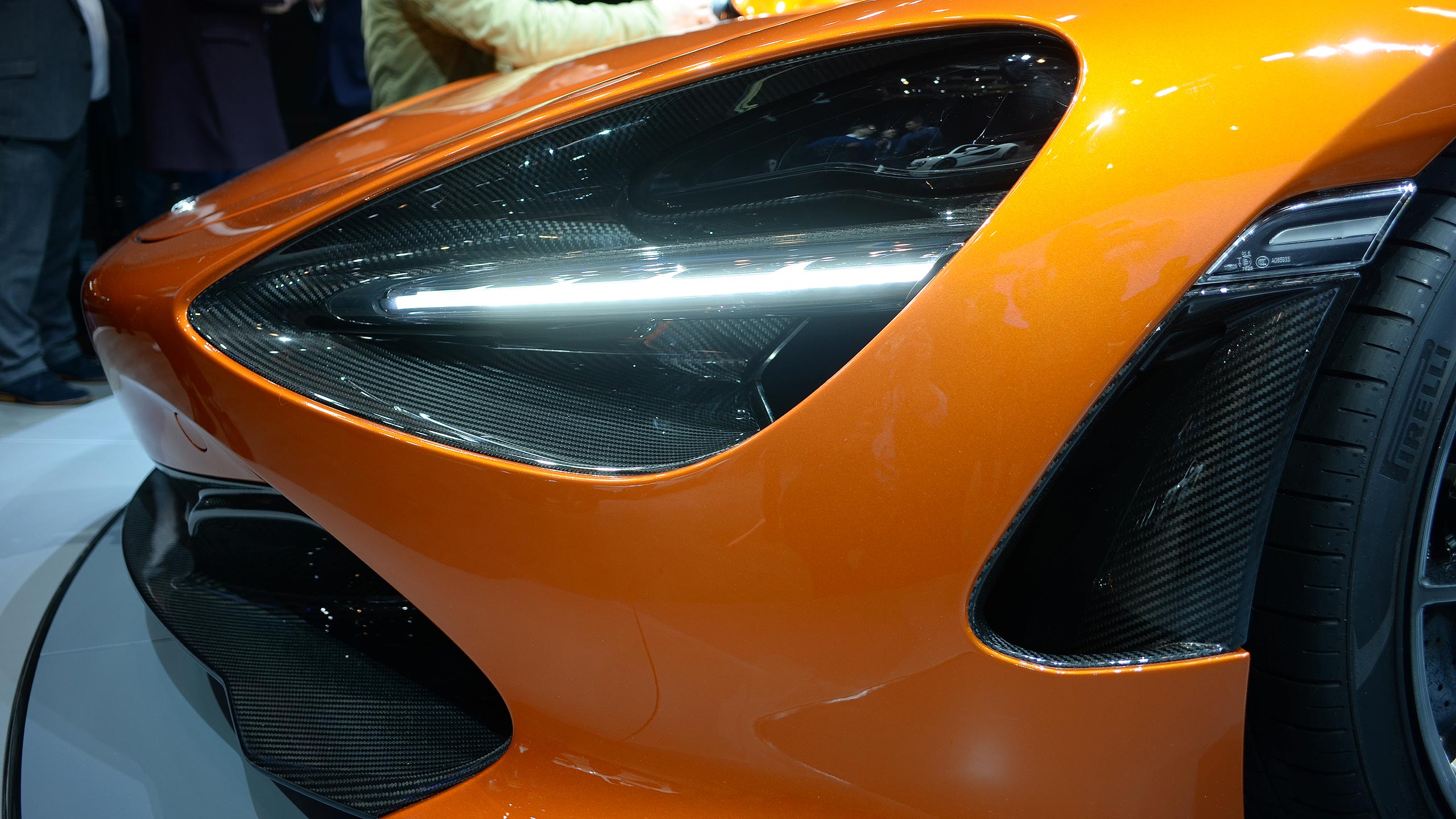
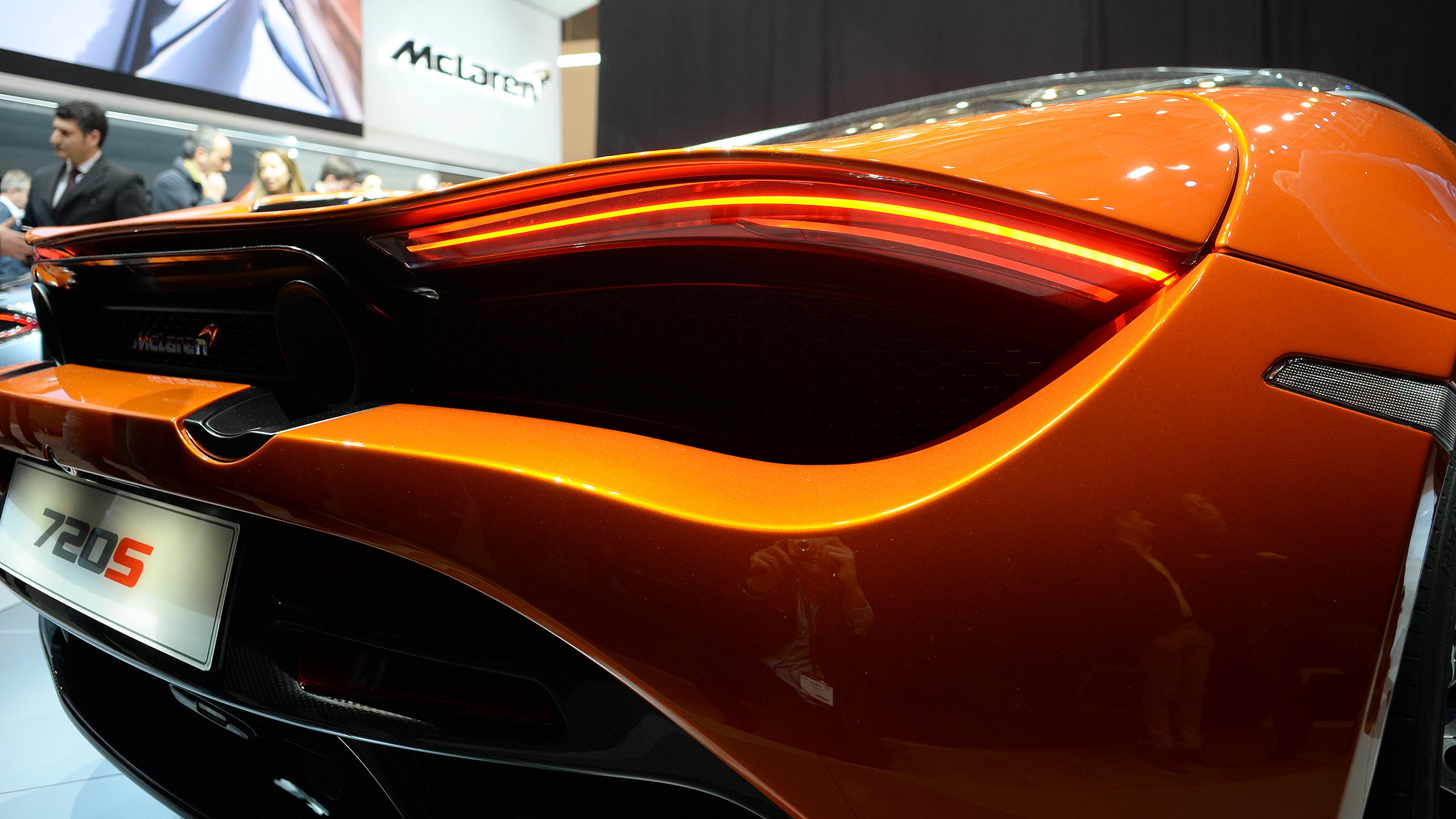
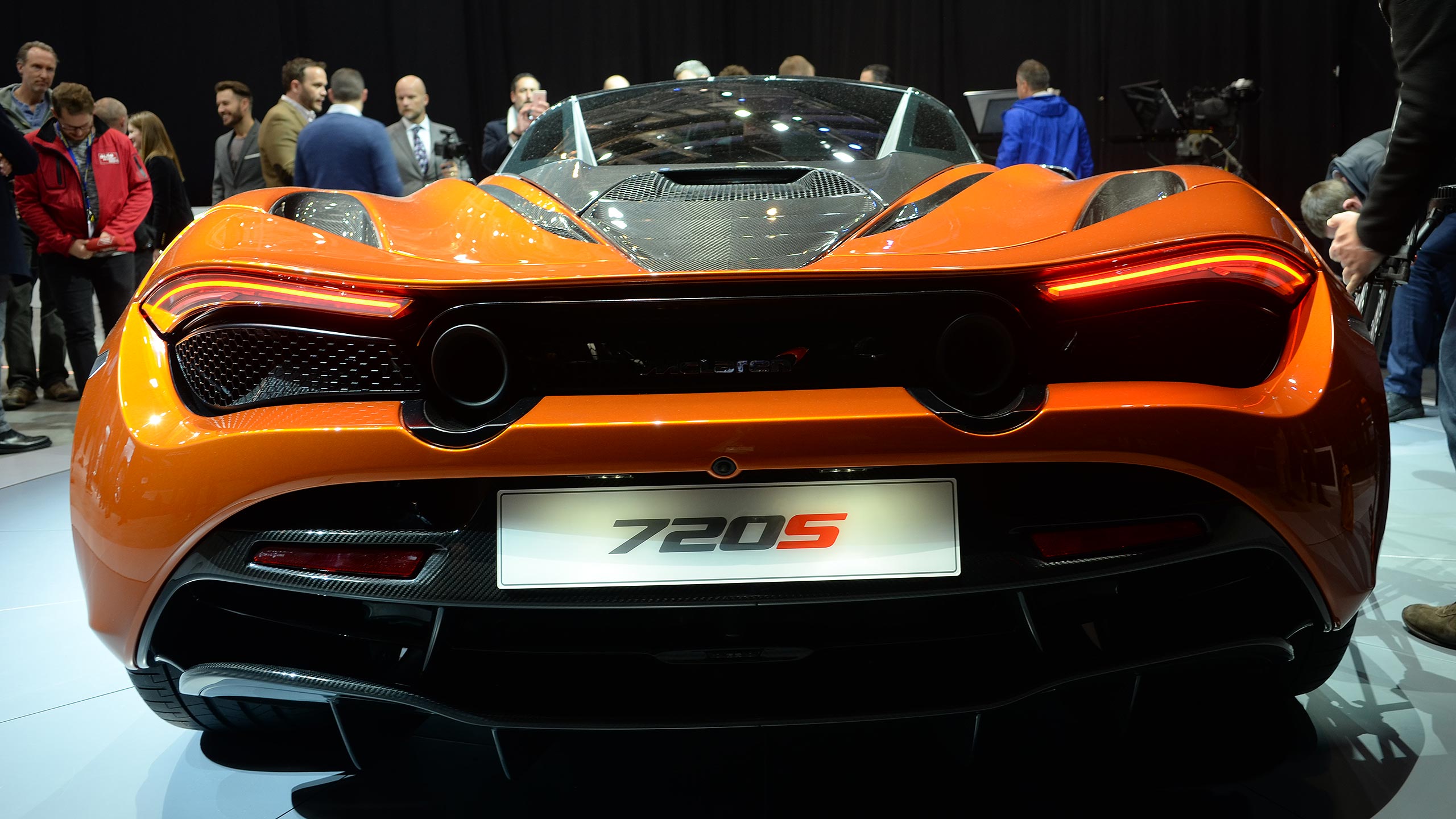
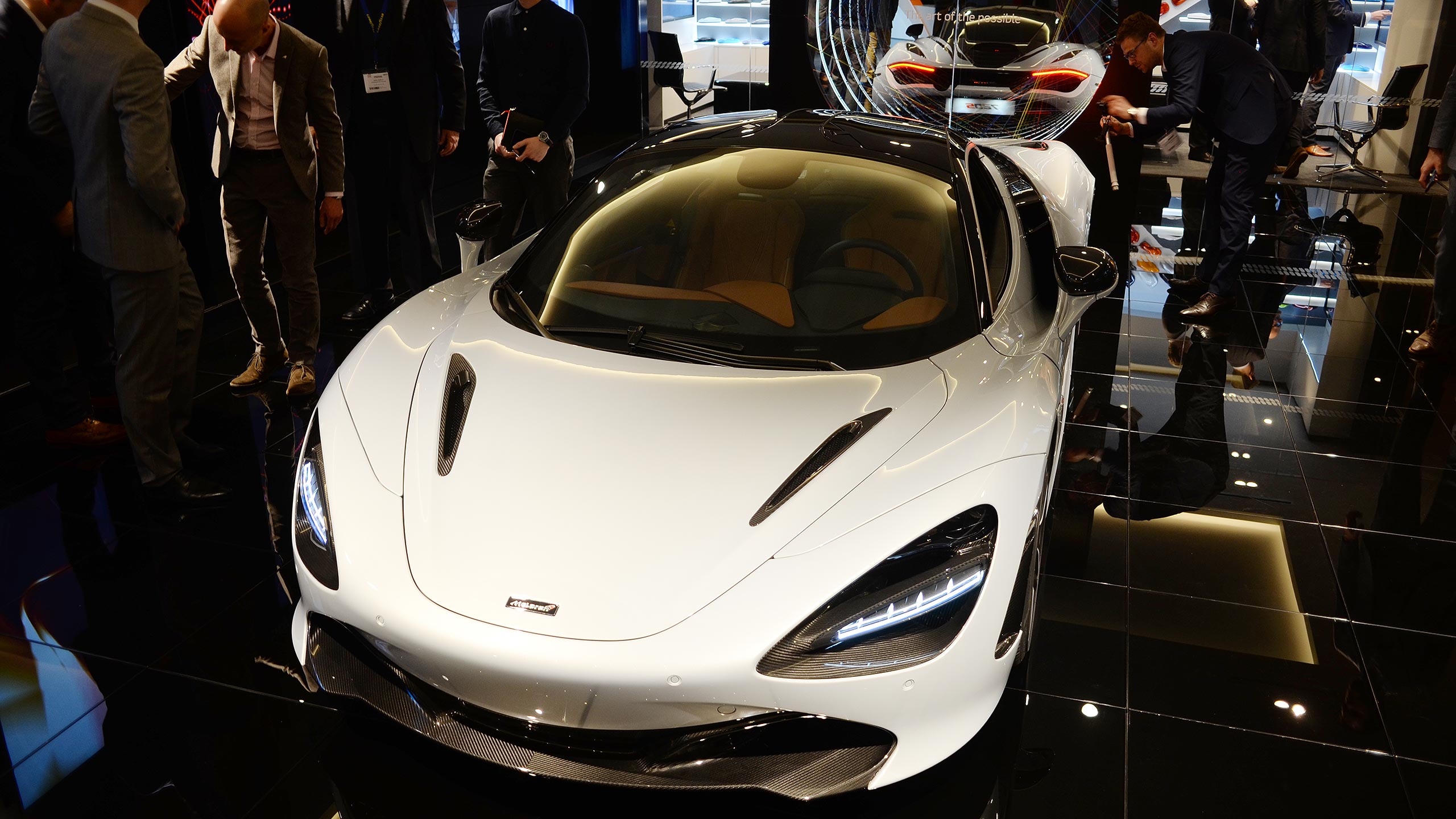
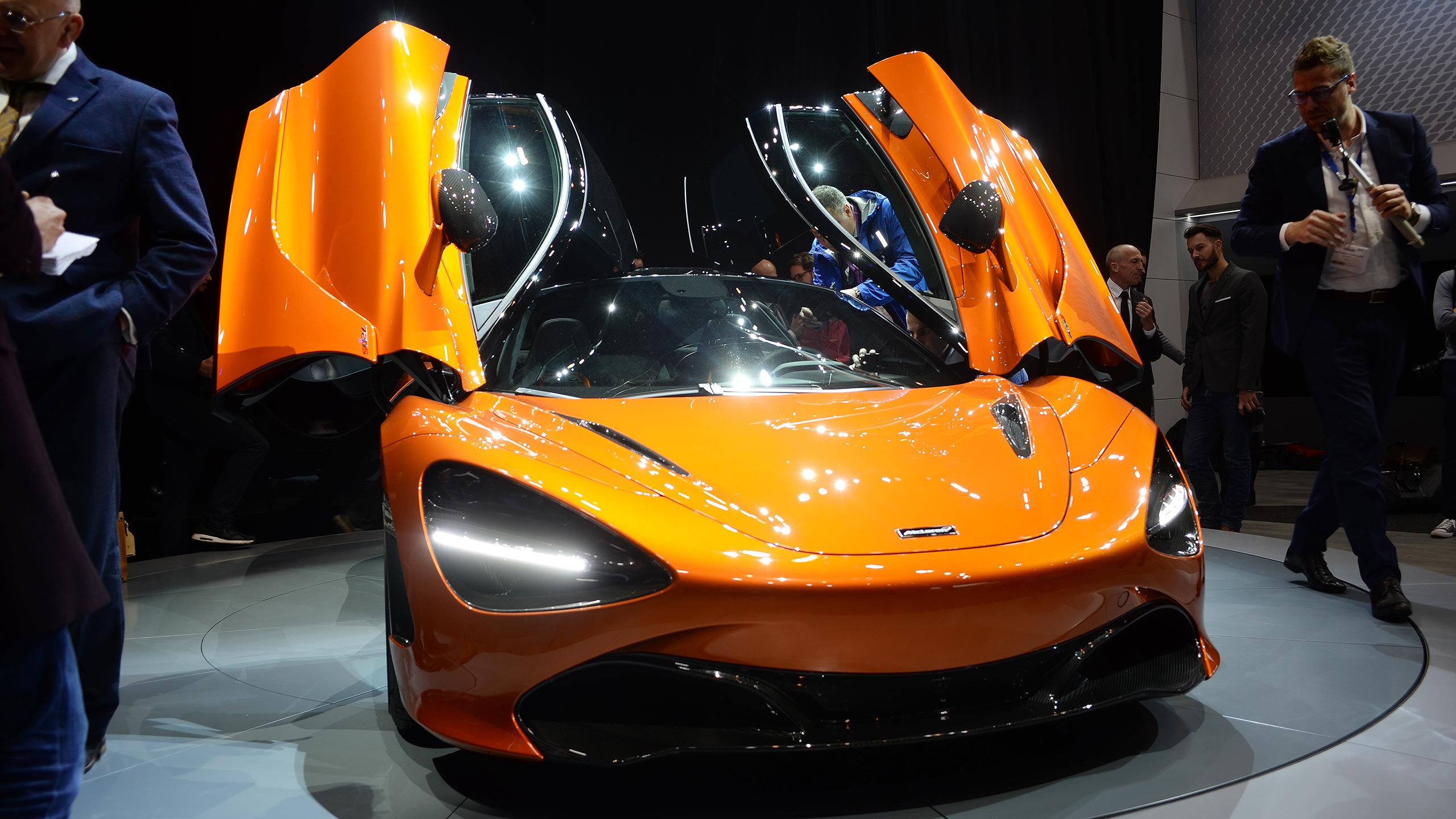
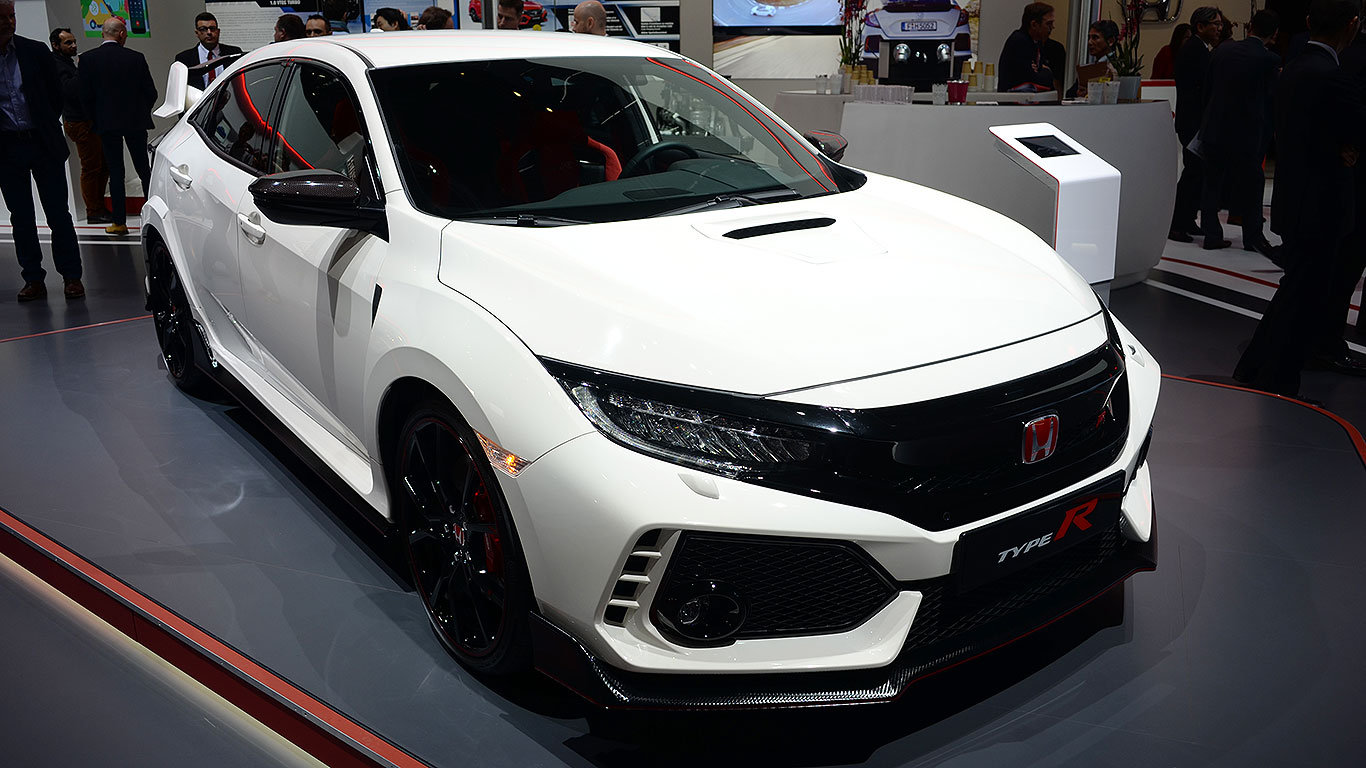 Honda’s latest version of the Civic hot hatch: now into its fifth iteration. Although the previous-generation car seems to have only just been released, Honda’s made a big effort to have a quick version of the latest Civic available early. Most importantly, this new Type R is set to be exported from Honda’s UK factory across the globe, including to the USA for the first time. Previously the North American market had been denied the ultimate Civic.
Honda’s latest version of the Civic hot hatch: now into its fifth iteration. Although the previous-generation car seems to have only just been released, Honda’s made a big effort to have a quick version of the latest Civic available early. Most importantly, this new Type R is set to be exported from Honda’s UK factory across the globe, including to the USA for the first time. Previously the North American market had been denied the ultimate Civic.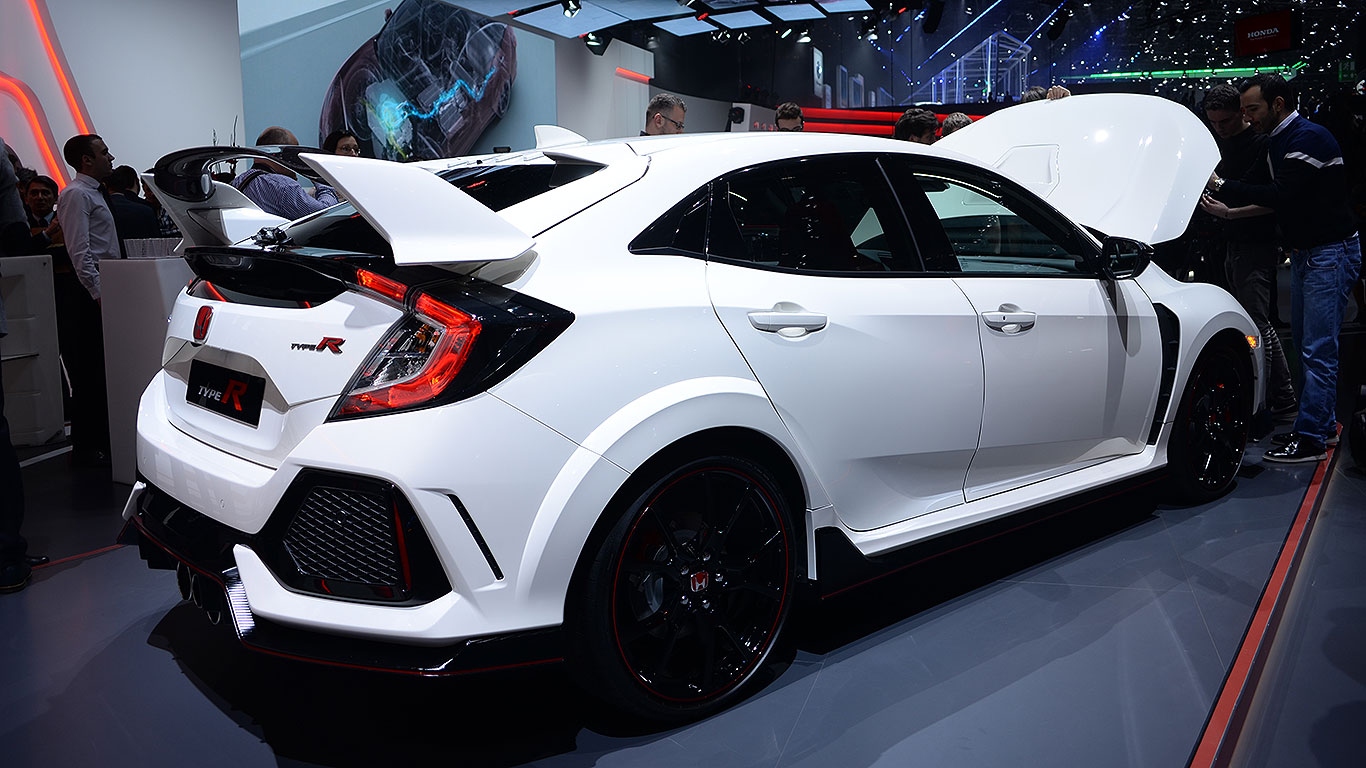
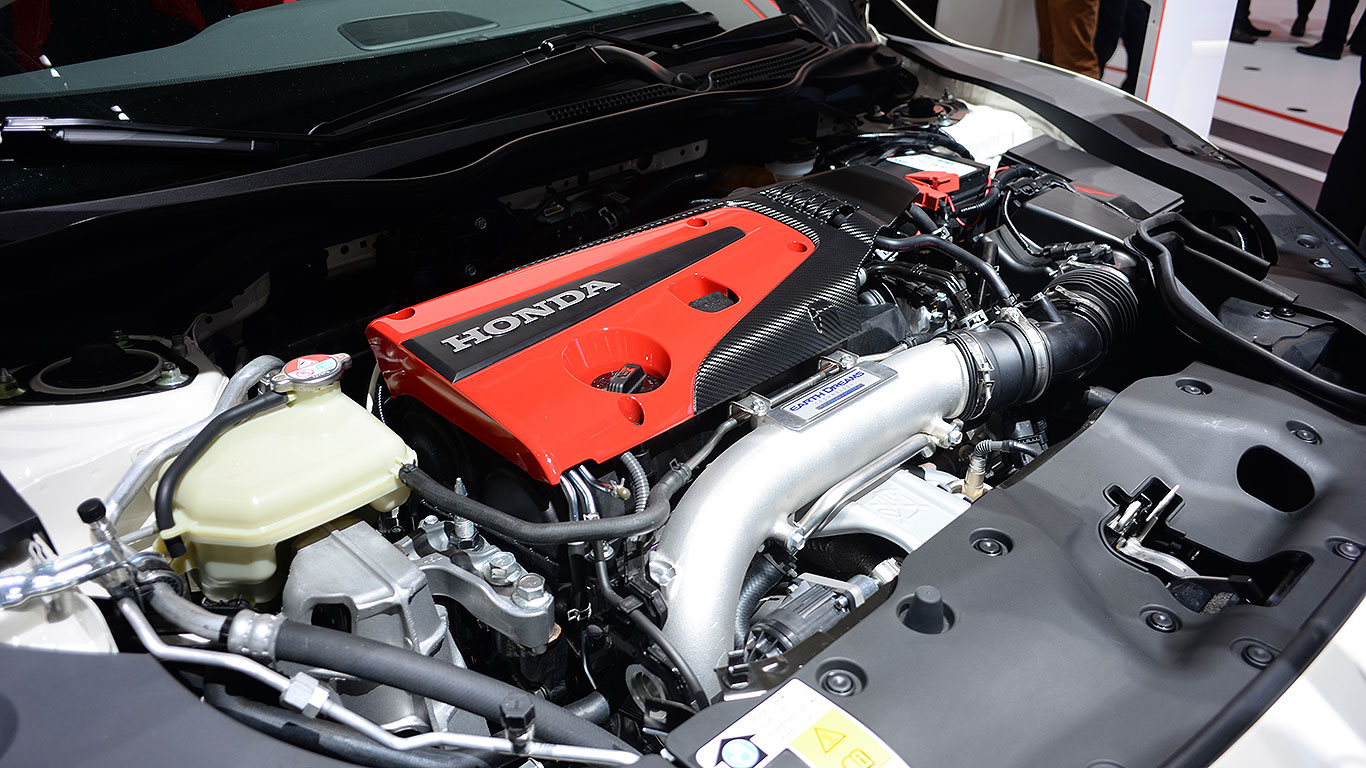
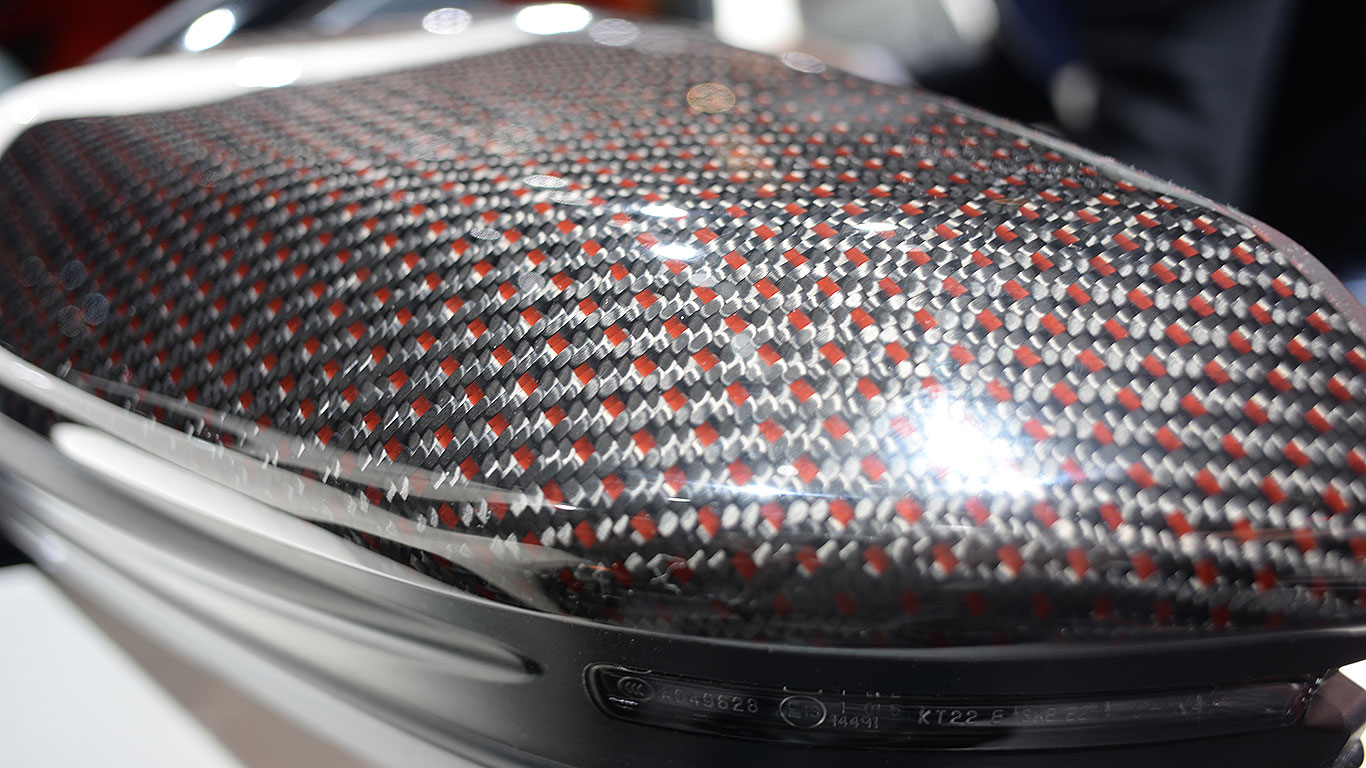
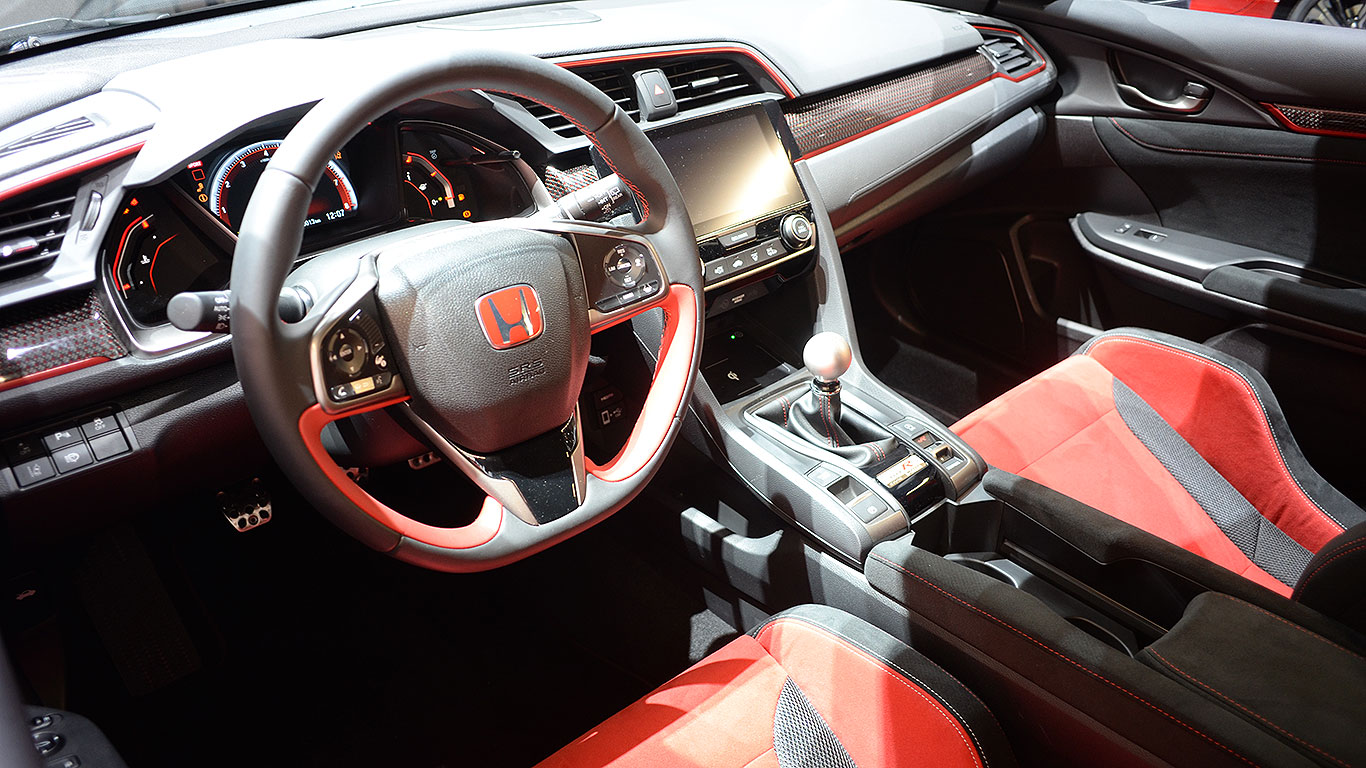
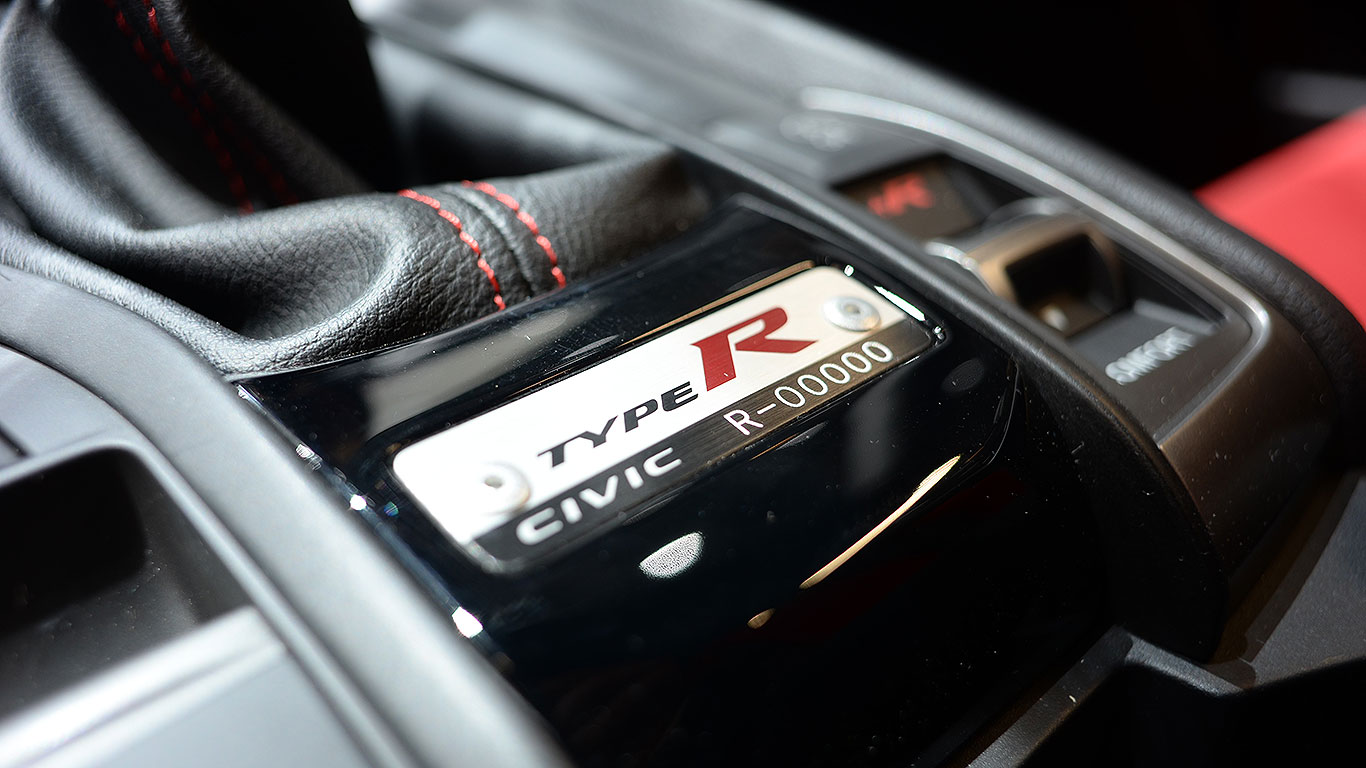
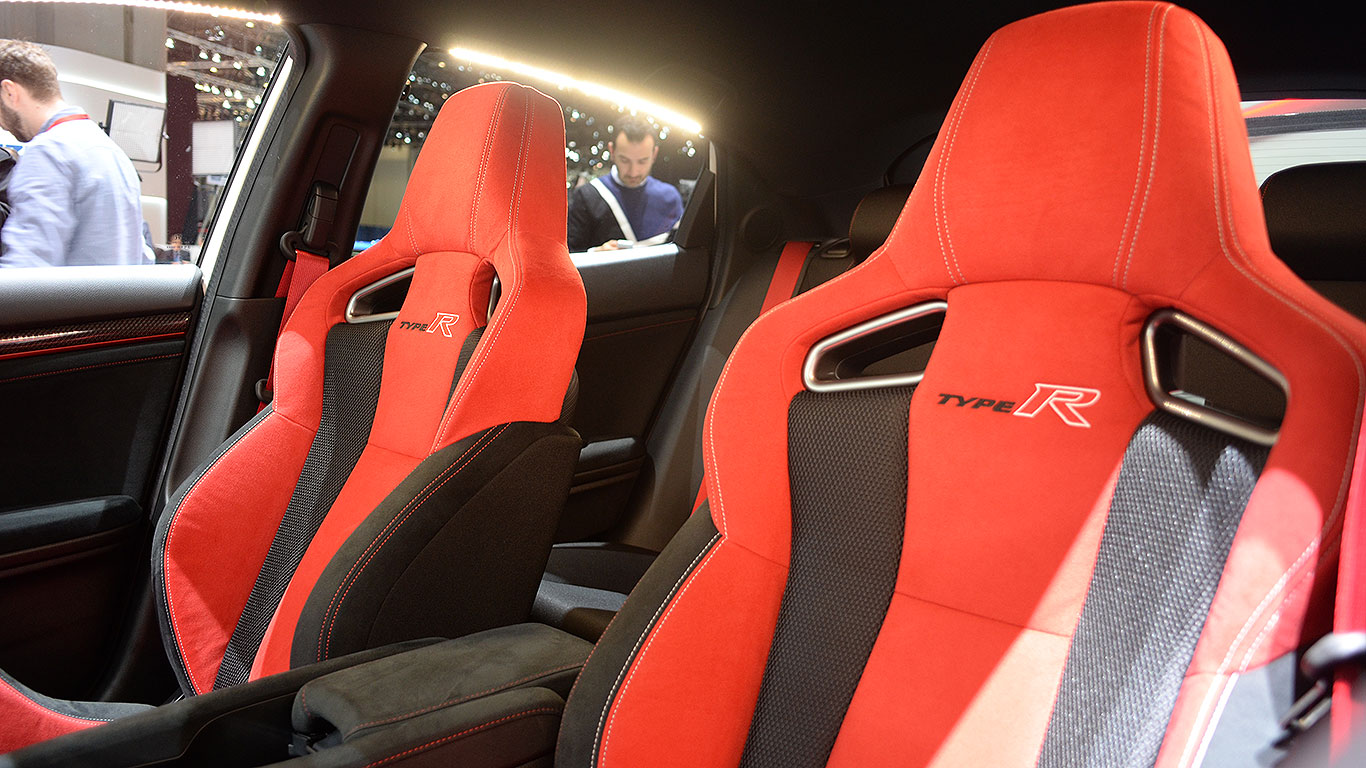
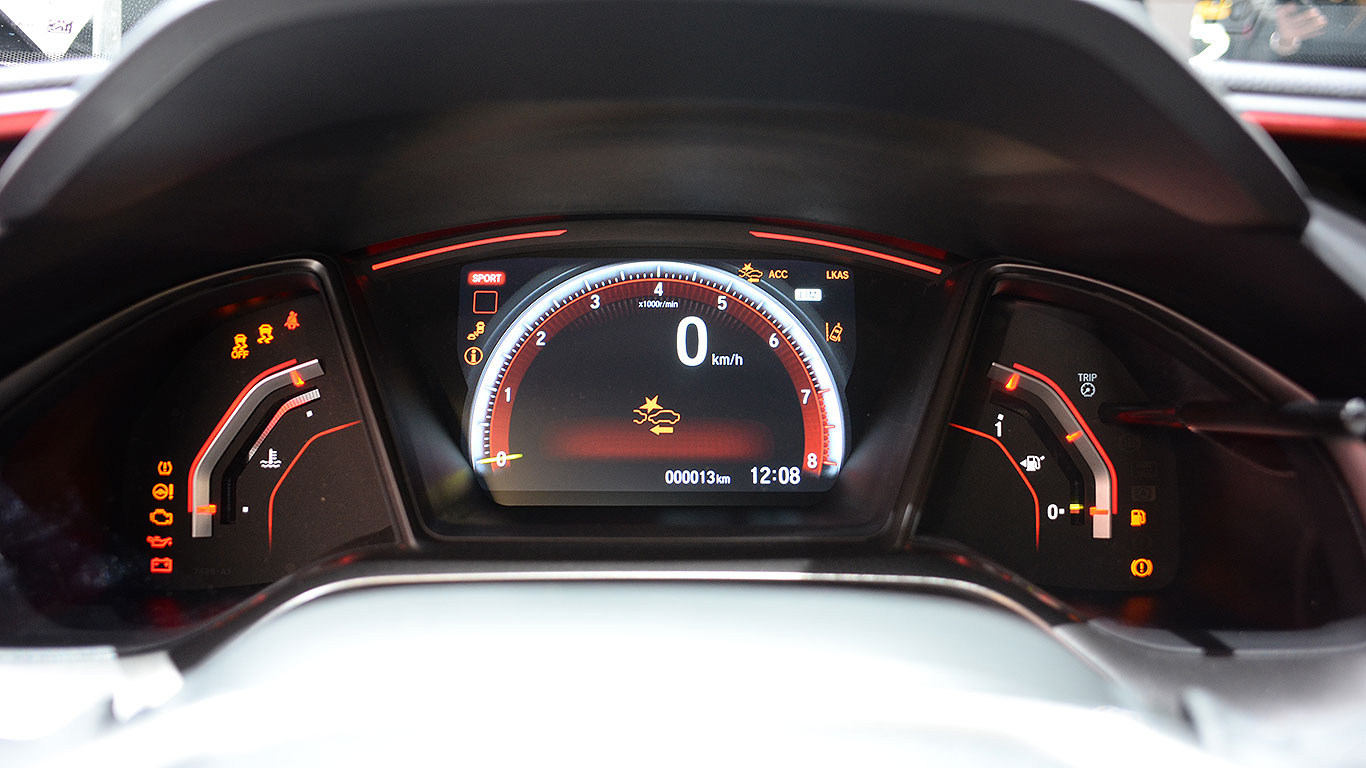
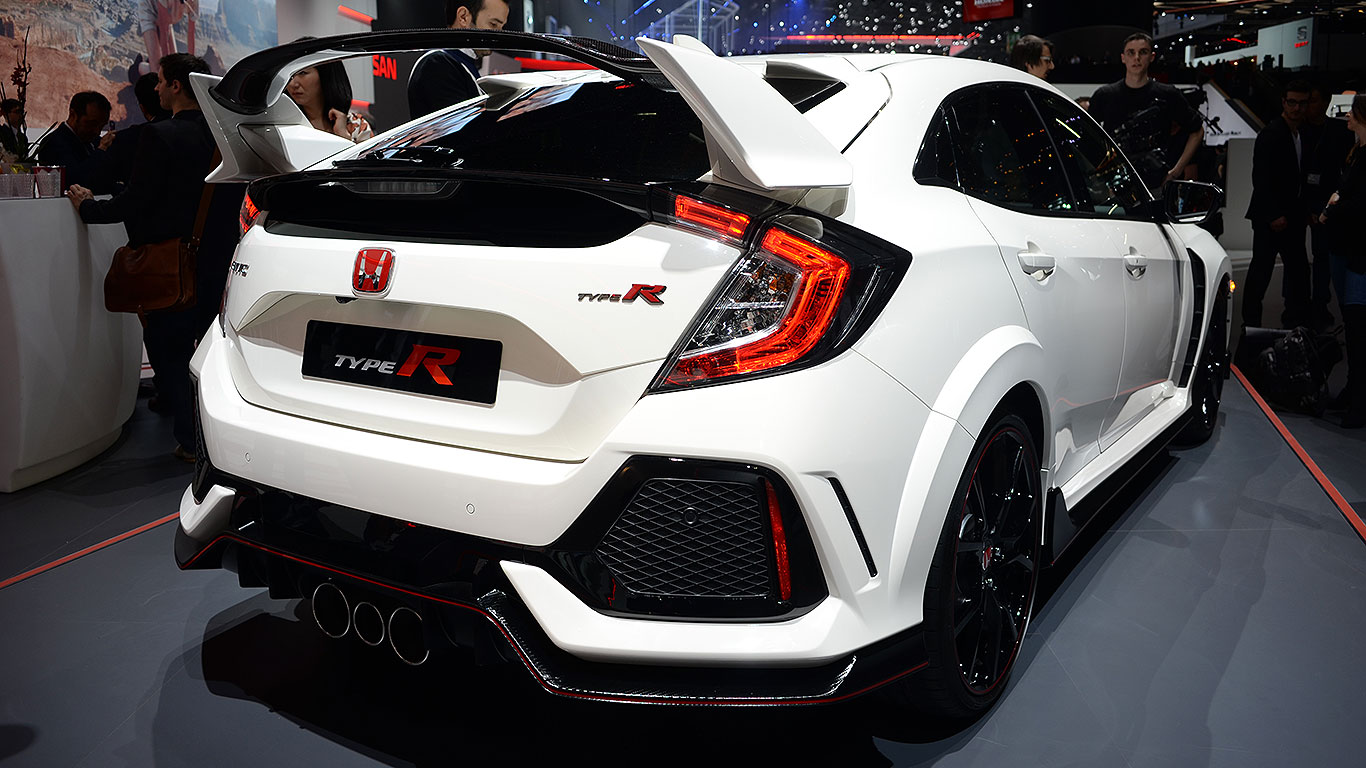
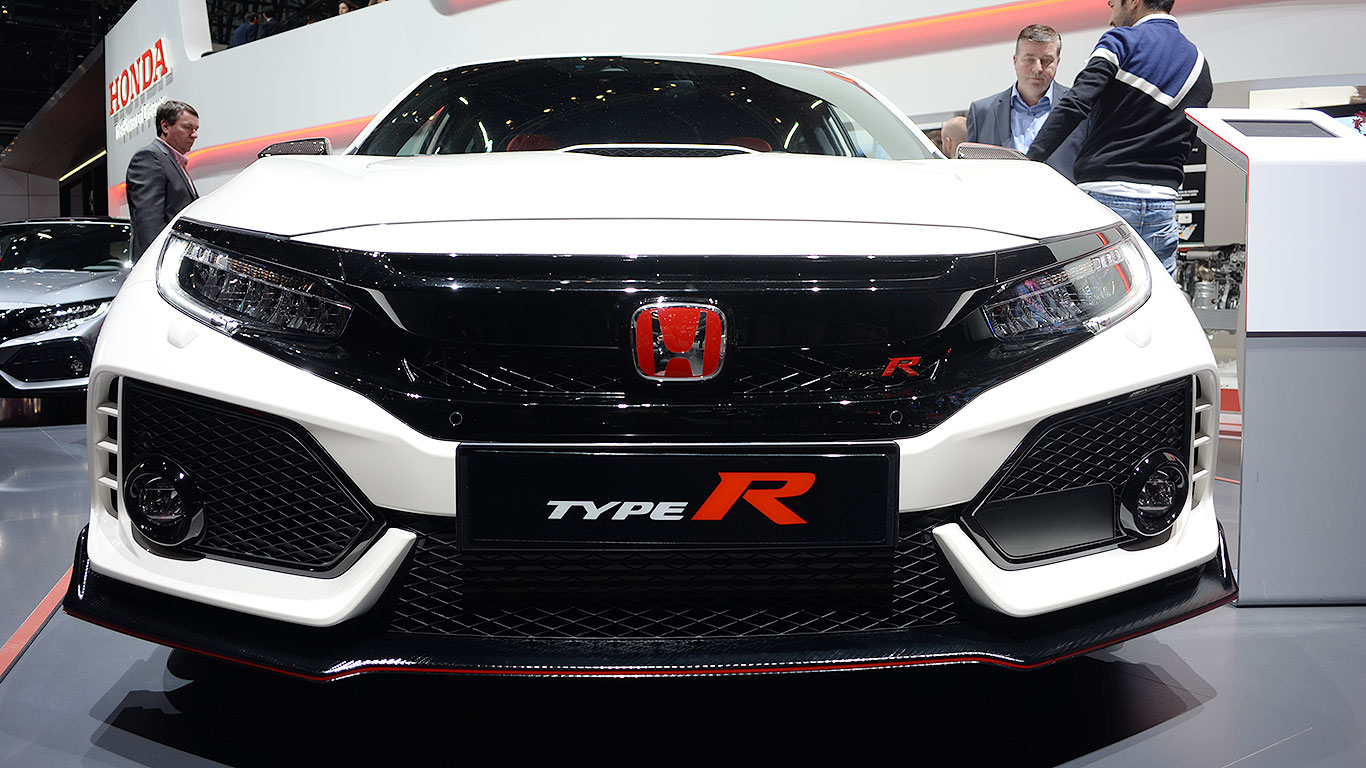
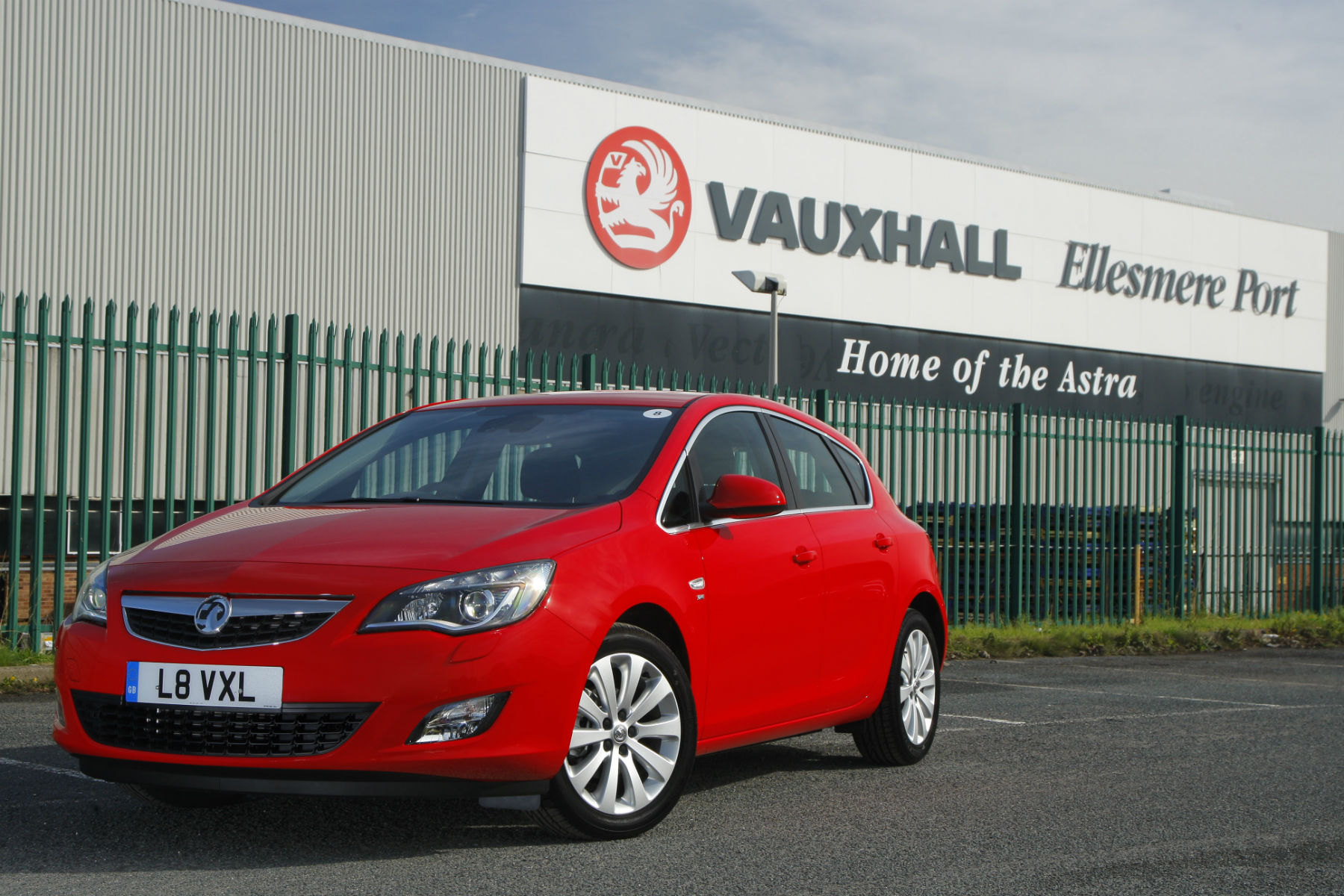

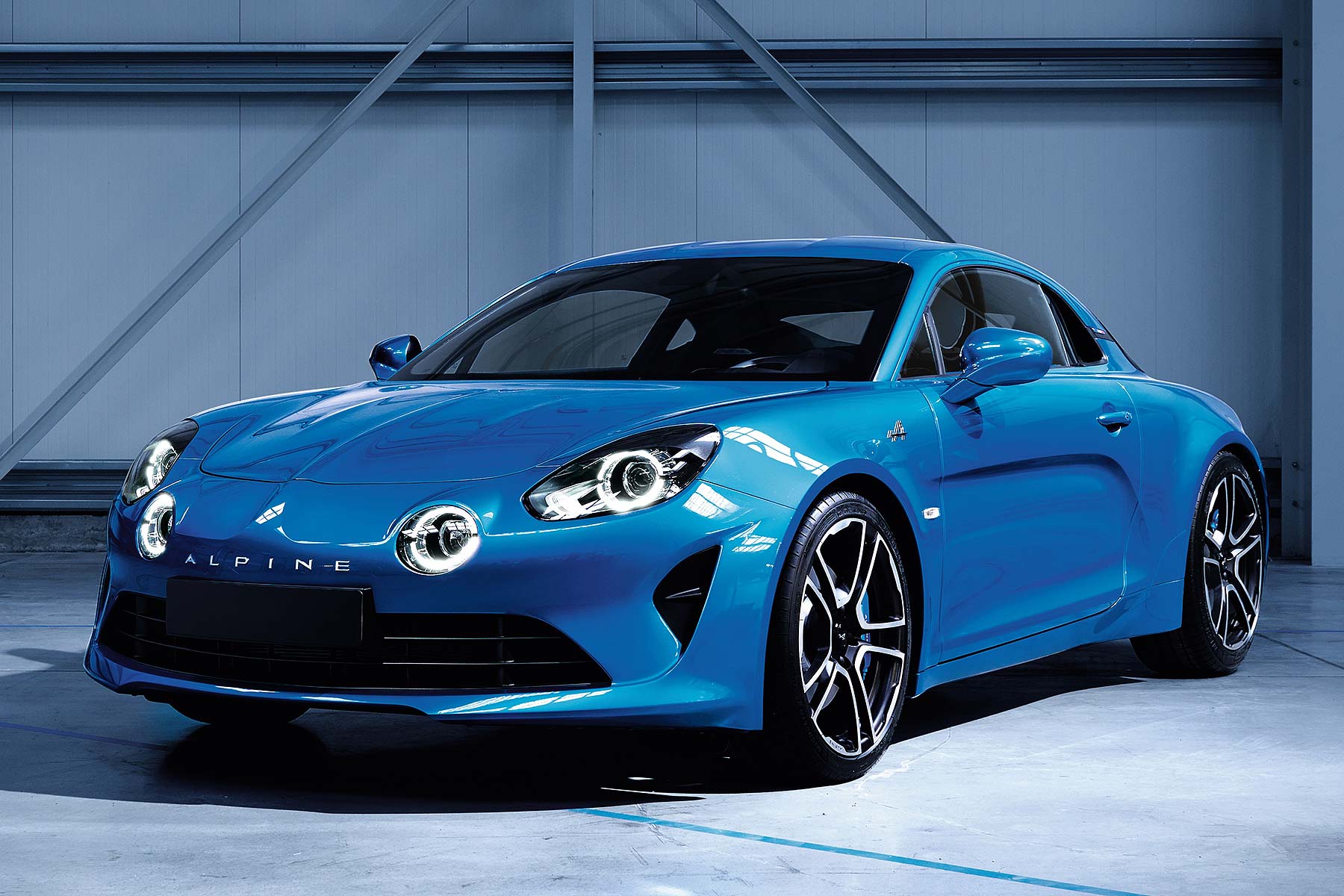
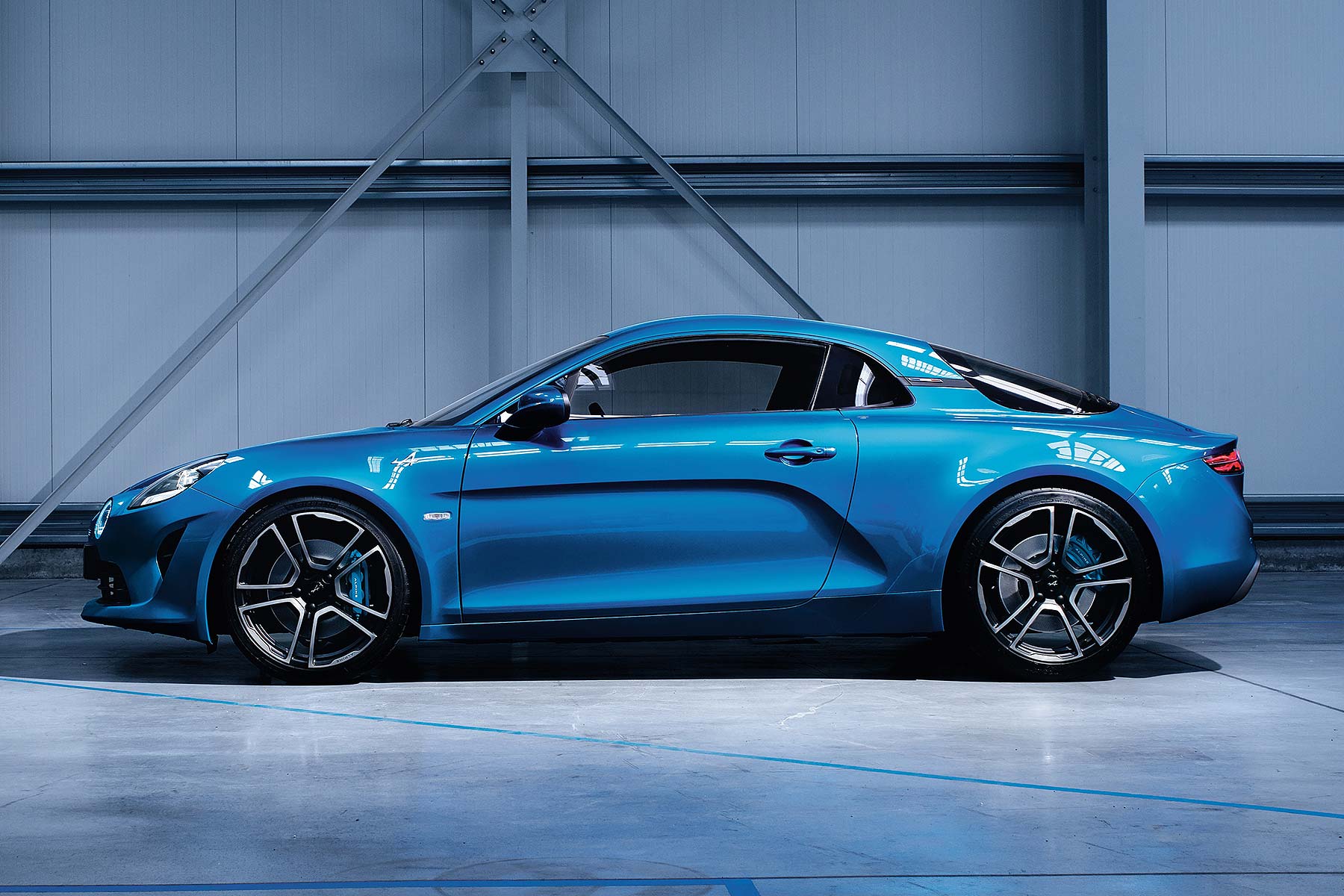
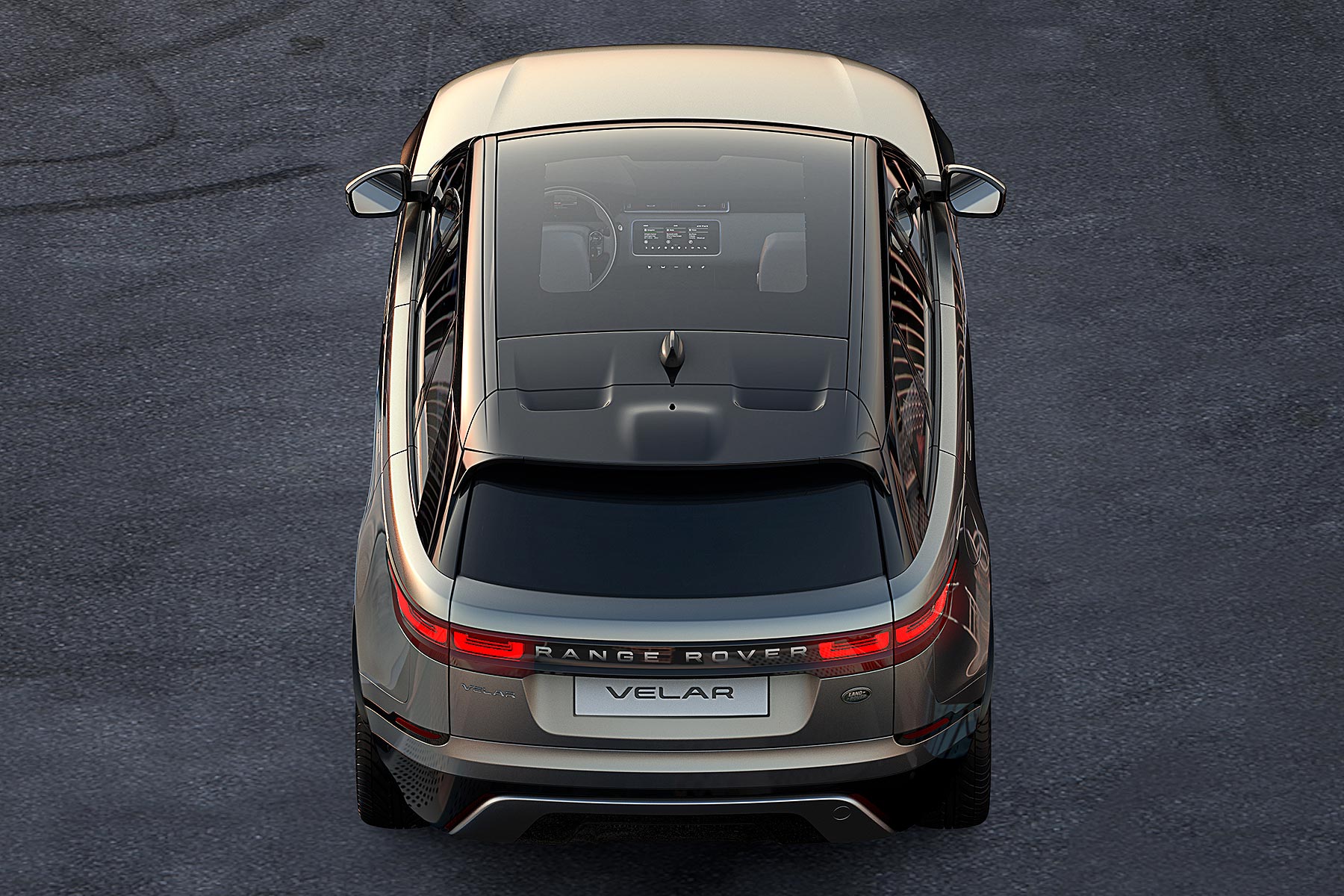
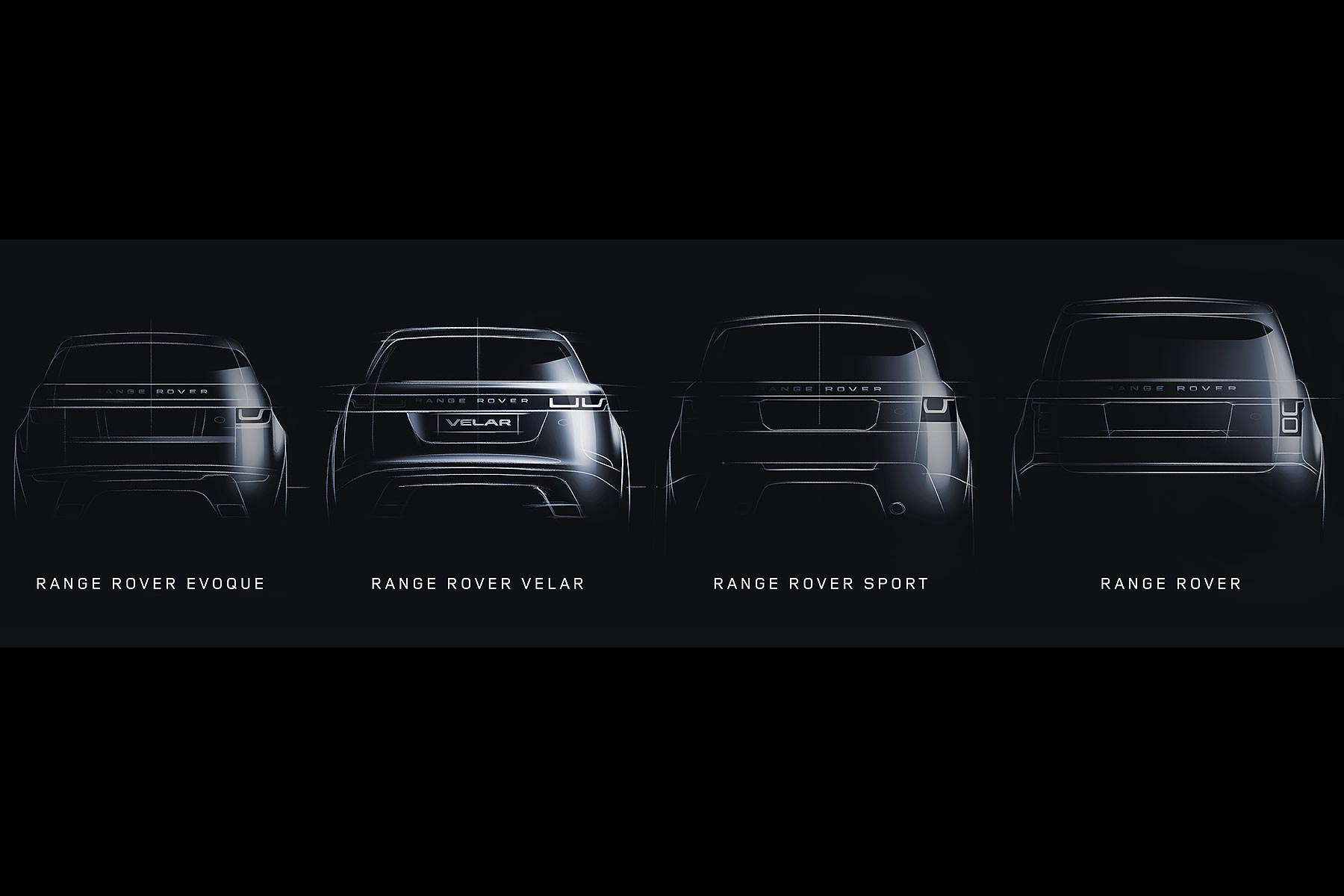
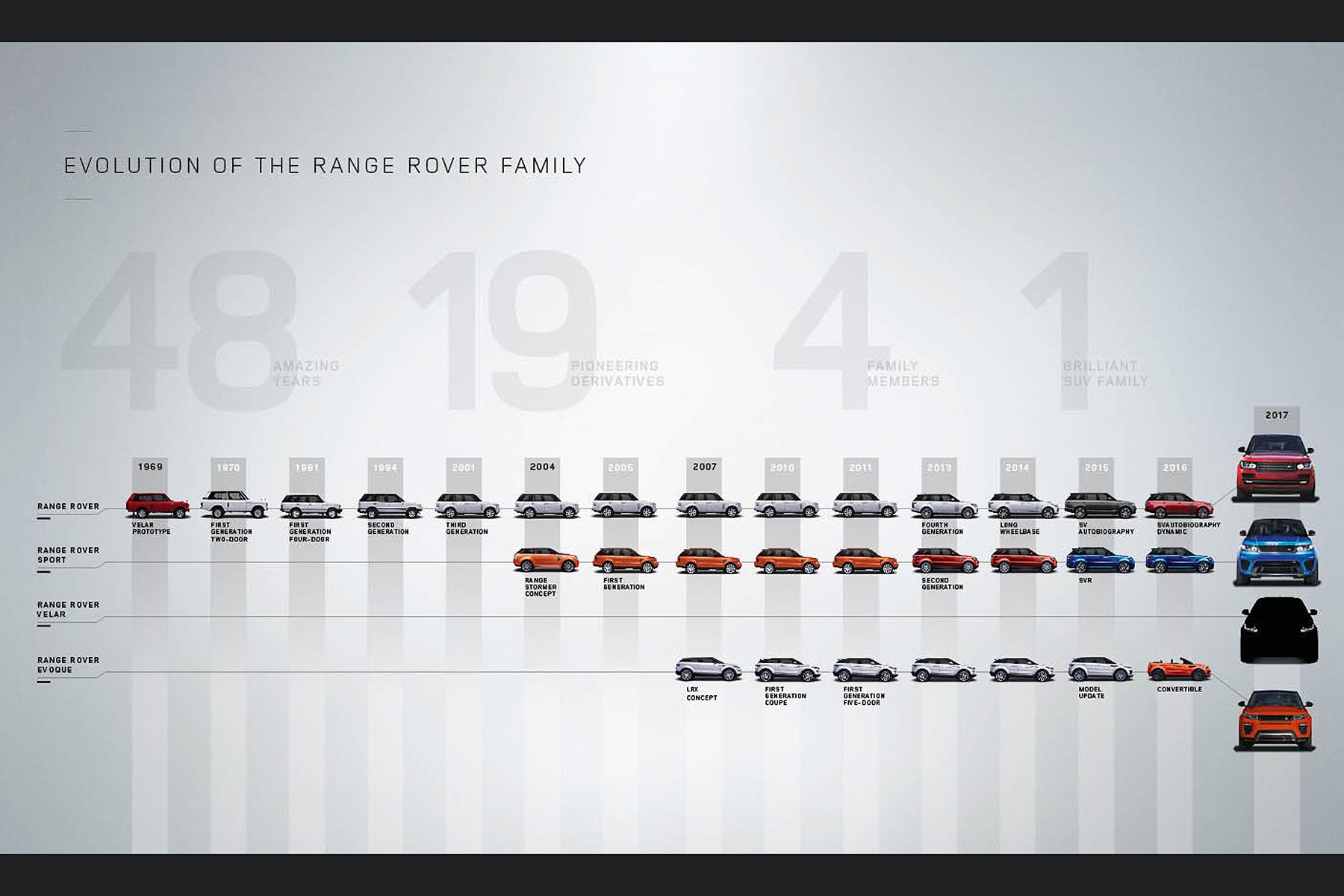
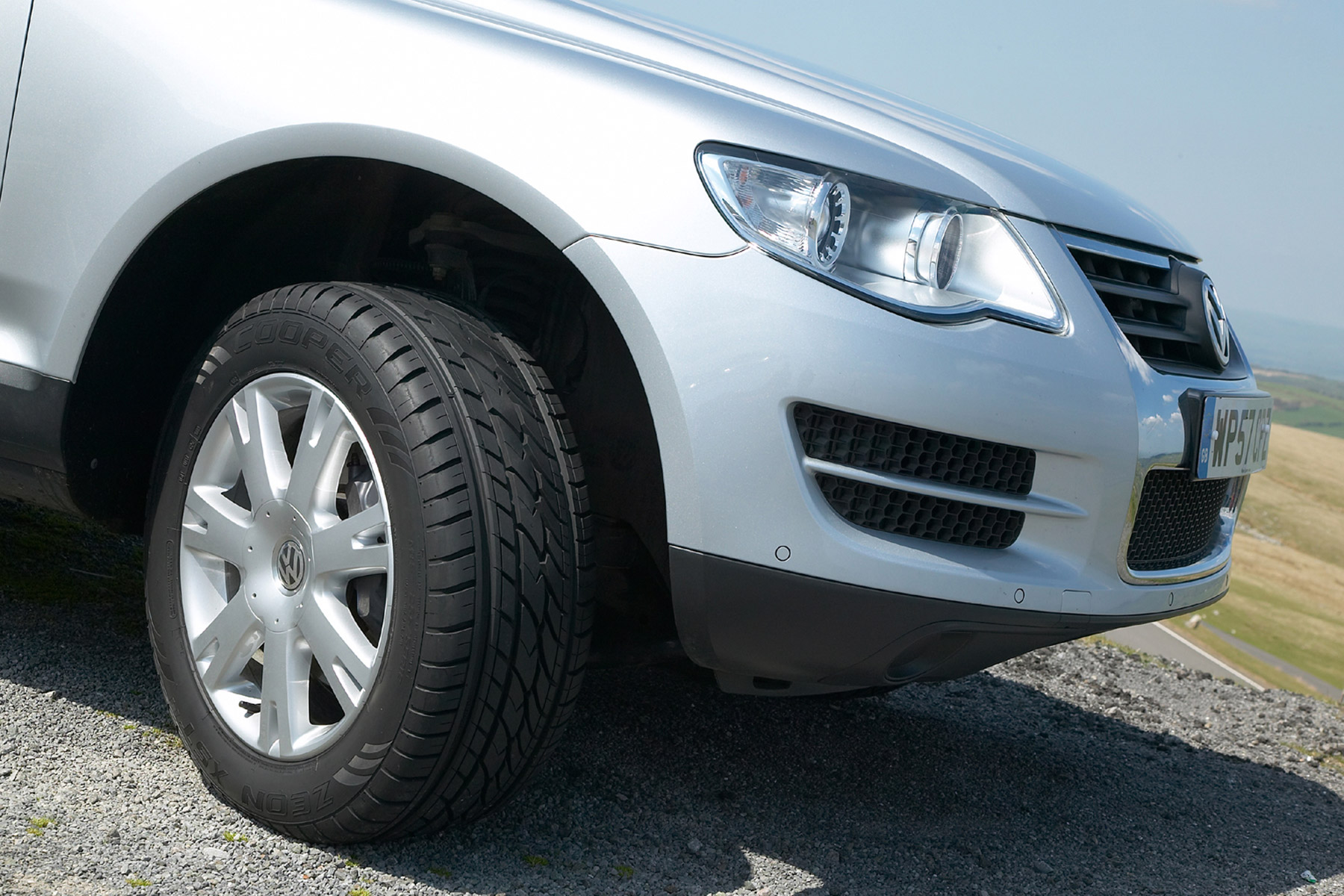
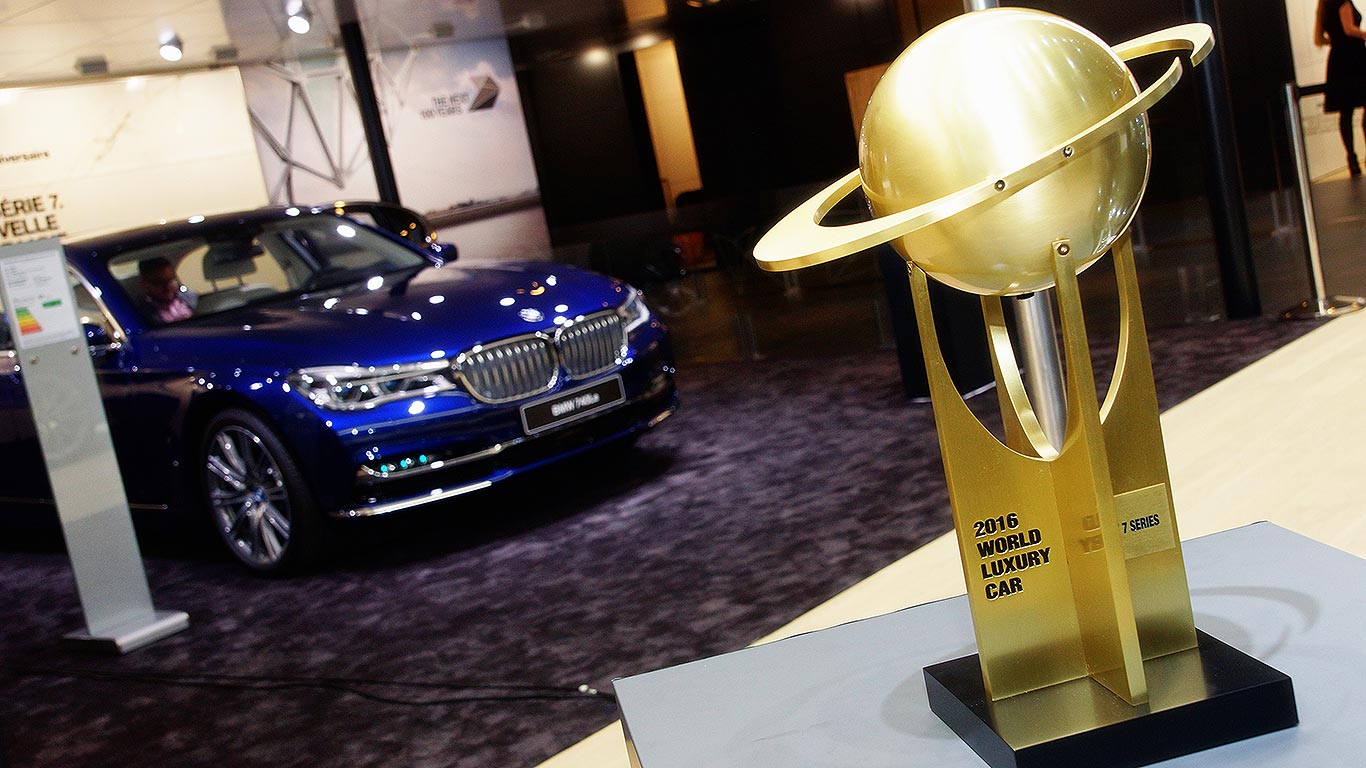 The World Car Awards is the largest automotive awards programme on the planet. Winning World Car of the Year is a big deal for auto manufacturers – so all eyes will be on the just-released list of finalists for the 2017 prize. Here, we’re revealing which 10 cars are in the running to be World Car of the Year 2017.
The World Car Awards is the largest automotive awards programme on the planet. Winning World Car of the Year is a big deal for auto manufacturers – so all eyes will be on the just-released list of finalists for the 2017 prize. Here, we’re revealing which 10 cars are in the running to be World Car of the Year 2017.